Fig. 1 - Featured subject reference 514A, circa 1938.
Background
The Patek reference 514 is a rectangular, curved wristwatch that was produced in several metals and in very limited numbers. It had an estimated production run from 1934 - 1947. Reportedly a total of 65 were originally manufactured in yellow and rose gold, platinum and steel, making it an incredibly rare reference. The primary focus of this writing is on the steel 514 and subject example.
According to Tortella & Sons, only six ref. 514 were known in steel until the appearance of this fresh to market example. Of those known, one example appeared at Antiquorum in 1989 (Fig. 3), another appeared at Christie’s originally in 2005 (Fig. 4) and two additional times thereafter. Another example is published in “Steel Patek” by John Goldberger. (Figs. 5-7). The final depicted example I’ve been able to locate an image of is shown in Fig. 8. Serving as a baseline for us to understand an original presentation, the ref. 514 as it appeared in the 1937-1938 Patek catalogue, page 8 is shown below in Fig. 2.
Fig. 2 - Reference 514A as shown in original Patek catalogue during the period. Picture courtesy of www.tortella&sons.com.
The Ref. 514 measures 22 x 44 mm, making it among the largest Patek rectangular references. It has historical significance, as one of the first shaped models ever produced by the Maison. The design has arguably the strongest art deco appearance of the early rectangular examples, is an embodiment of the era and conforms to the wrist with an appearance of a railway. It would not be a stretch to consider it as one of, if not the most prominent reference(s) of shaped Patek wristwatches from the ‘30’s, as it served as an illustrious predecessor to some of the later prolific rectangular references of the ‘50’s.
Fig. 3 - Ref. 514A with alternating applied Breguet numerals and baton indices circa 1938. Sold at Antiquorum in “Art of Patek Philippe” auction in Geneva on April 9th, 1989. Image courtesy of Antiquorum.
Fig. 4 - Ref. 514A circa 1939 featuring applied Breguet and alternating baton indices dial. First auctioned at Christie’s on May 16th, 2005. Image courtesy of Christie’s.
Figs. 5 - 7 - Ref. 514A circa 1938 with applied baton indices. Images courtesy of John Goldberger as presented in his publication, “Steel Patek” pgs. 154, 155.
Fig. 8 - Ref. 514A with alternating Arabic and enameled stick indices.
There is only one example of ref. 514 known in platinum. It is shown in Fig. 9 below.
Fig. 9 - Ref. 514P with diamond indices dial. Private collection. Image courtesy of John Goldberger.
Featured Subject
Of interest, this particular example was recently acquired and is fresh to market, not having been documented in published sources as a known example until now and had resided in the famed Italian composer, Guiseppe Verdi’s family ownership until present time. The honest, original preservation of the case, dial and movement are very impressive. An associated letter from the family further confirms the provenance of this fresh to market example (Figs. 10, 11).
Fig. 10 - Ref. 514A circa 1938. Earliest production example known in steel based on information courtesy of Tortella & Sons (www.tortellaandsons.com).
Fig. 11 - Verdi family provenance documentation.
Translation of the excerpt: “A watch that belonged to Maria Filomena Verdi, cousin and universal heir of the master Giuseppe Verdi”.
Note additional information below in Fig. 12 from the archive extract. Patek typically doesn't provide extra information concerning dial description, therefore it is very important that the extract highlights "painted numerals", confirming that the dial was born with engraved, enamel indexes in this case. The serial number of this example is also the oldest known of the 514 reference in steel. Furthermore, I would like to thank Tortella & Sons for the information on this reference and its production. (source: www.tortellaandsons.com).
Fig. 12 - Extract from the Archives for subject ref. 514A.
The Dial
Five of the seven ref. 514 examples now known, are depicted, including subject of this article. Two have dials with alternating applied Breguet and lapped hour markers, one has applied lapped hour markers, another has alternating applied Arabic and enameled stick hour markers and subject example has engraved, enameled alternating Roman numeral and stick hour markers with serifs and blued steel baton hands.
The subject example dial features are shown in (Figs. 13 - 18) below. It is further differentiated with its arched Eberhard-Milan retailer signature over the enlarged sub-seconds, which is the only double signed example known. Eberhard was a boutique establishment in Milan that sold some of the most important Patek watches during the 20th century.
Rarity and originality are key components desired and chased by collectors. The dial of present example was originally brush finished, shows no signs of past restoration or cleaning interventions, presents with a strong and complete engraved enamel signature, sub seconds and outer minute track and is unique among the few known for this level of preserved originality. The engraved, enameled signature during this era of production was made by a hand graver and results in variations in appearance. Present example shows a very bold, rich signature which also retains the comma and accent, markings that are often lost during cleanings and restoration due to the more shallow application of these components making them less resilient to interventions. The open ampersand was often configured in this format, likely to make it consistent in height with the associated letter borders. A very impressive feature to me is to appreciate that the entire dial was hand graved, enameled. A very difficult undertaking with a high degree of skill and hand craftsmanship required!
Later long signatures have a more compressed appearance and were engraved by hand stamping using a cliché, therefore they present with a uniform appearance from one example to another. After stamping, they too were filled with an aqueous enamel paste before kiln firing.
The pictures below highlight some details viewed under 200x or greater electron microscope examination. Note signs of attention to detail, including a serif on the tips of the enameled indices, most evident on the microscopic picture (Fig. 16). The proper relief of untouched enameled engravings are noted under extreme magnification in Fig. 14. Natural aging is very evident with oxidation marks and a few scratches on the dial that likely occurred with less careful handling during a servicing long ago. The overall tone is evident of aged zapon lacquer originally applied to protect the dial when finished. Signs of normal age and oxidation marks are welcomed to observe and expected on a dial in a snap back case from this era. The mineral crystal protecting the dial has angled facets around the perimeter (Fig. 19).
Figs. 13 - 18 - Magnified dial detail photos, including those taken with electron microscope of up to and greater than 200x magnification.
Fig. 19 - Side profile illustrating original, faceted mineral crystal
The Case
The case was made by A&E Wenger (Key 1), yet does not show maker stampings inside the case back (Fig. 31), likely a practice that evolved with later cases as the case back of the ref. 514 published in “Steel Patek” (Fig. 7) has the same appearance and absence of maker stampings. Additional rectangular cases made by Wenger for Patek include the 417, 486, 490 and 492 references among others. The style of these cases made Wenger renown for their art deco designs. Additionally, Wenger was an innovator in the development of formed and steel cases, so therefore were a favored case maker by Patek during this era (Fig. 20 ). They also produced buckles used by Patek and others for many decades (Fig. 39), including the buckle supplied on the original strap for subject of this article (Figs. 37, 38).
Fig. 20 - Period advertisement for Wenger. Image courtesy of John Goldberger.
This particular ref. 514 case back has a very interesting engraving, which is that of the Savoia Italian royal family, King of Italy. (Fig. 21). An additional example of a 1463A from ‘41 (same year the 514 was sold per extract) with this exact coat of arms is published in “Steel Patek” (Figs. 22, 23) and a recently discovered 565A with the same engraved coat of arms from ‘41 (Fig. 24, 25) - to total three different references of steel Patek known in market bearing this same engraved royal coat of arms that were all apparently gifted to important individuals in ‘41. The likely and logical conclusion given the time period and other documentation noted above, is that this ref. 514 was gifted to the Verdi family by either Umberto II or Vittorio Emanuele. It’s been in the family as previously noted and only recently came to market for the first time and into my hands. I’ve been collaborating on additional research to learn more about the history and hope to have an update to share in the future.
Fig. 21 - Subject ref. 514A case back engraving of the Savoia Royal family coat of arms.
Figs. 22, 23 - Ref. 1463A from 1941 with Savoia royal family coat of arms. Images courtesy of John Goldberger “Steel Patek” pgs. 271, 272.
Figs. 24, 25 - Ref. 565A with enamel indices, double signed Hausmann & Co signature dial and Savoia royal family coat of arms from 1941. Property of Alex Ciani.
When viewing the case from a side or angled profile, one can see where the “railway” nickname was derived with the arced and triple stepped sides that provide a visual balance and evoke a very art deco theme. The lugs are extended and the case back is slightly curved. The other reference that carries a similar stepped case visual is the 524, which is also very, very rare in steel with fewer than five examples known. One example is shown with a black dial (Fig. 32). Another known example shows a similar dial type to the subject ref. 514, without sub-seconds.
The case of subject example ref. 514 is preserved in original and unpolished condition with very sharp transitions on the sides and satin brushed finishes on the upper and lower case tops. (Figs. 26 - 30).
Figs. 26, 27 - Ref. 514A case side profiles.
Figs. 28 - 30 - Side case and lug profiles illustrating untouched original finish and crisp lines.
Fig. 31 - Inner case back with correct stampings and very recent service notation in red marker.
Fig. 32 - Ref. 524A very rare “Drivers” with black dial. Image courtesy of John Nagayama.
The Movement
Fig. 33 - 9-90 caliber movement from subject example.
The iconic 9-90 formed movement resides in the ref. 514 (Fig. 33). This movement is still regarded as one of the most important time only Patek movements produced. The 9-90 caliber was used in many rectangular references, as opposed to a round movement. Some other notable references using the caliber 9-90 include the 2441 “Eiffel Tower”, 2442 “Banana”, 1593 “Hourglass”, 1450 “Tophat” and 425 “Tegolino” among others.
As noted, the movement retains great condition with its rhodium finish, weighted balance, anglage and Geneva waves all appearing in very well-preserved condition for the age. This example has a monometallic, weighted balance wheel. Later variants contained bimetallic and then finally Gyromax balance wheels. It’s interesting to note this very early 9-90 caliber movement is clean and has fewer engravings on the lower plate, showing just the serial number and signature, whereas information about numbers of jewels and adjustments are typically observed. It’s believed the 9-90 caliber movement first appeared in 1934. The serials from 1934 - 1950 range from 830,000 - 839,999. You can read more about the 9-90 caliber movement in this article by @watchguy.com Here.
Summary
A very rare and important gem that has unique attributes, making the present example quite desirable. It’s extremely difficult to find any example from this era preserved in original condition with pleasing patina and even more so a great find when it happens to have this level of scarcity as a reference. Of interest, the strap and AW buckle (shown in Figs. 37, 38) are original to the watch, as is the original box (Figs. 35, 36). The associated and very recently issued extract from the archives confirms the watch has matching serial numbers of movement to case and dial configuration.
As a sign of the enduring design and a nod to the ref. 514, Patek issued the exclusive 5101P at Basel World in 2003. This new release was Patek’s showpiece and featured a Ten Day Tourbillon encased in platinum. The case borrows the triple stepped side design from the legendary ref. 514 and the salmon dial is reminiscent of an aged vintage dial appearance. (Fig. 34).
Fig. 34 - Ref. 5101P auctioned at Sotheby’s, November 5th, 2023. Image courtesy of Sotheby’s.
Final Thoughts
This very rare and important rectangular reference is complimentary to my current personal collection of iconic Patek references in steel and gold. In addition to the numerical rarity, it’s of great interest for me to acquire a piece of this age in original, unrestored condition.
I believe many of the notable formed references are due for a renewed level of appreciation among the collector community. As of this writing, I’m offering a prediction that special, low production references, especially those with the 9-90 caliber movement will see even greater interest as desired and curated additions to more vintage Patek collections over the coming years. A closing final picture on the wrist, to share a perspective of scale and presence when used as intended (Fig. 40).
Thanks for reading.
@aircooltime
Figs. 35 - 38 - Featured subject example ref. 514A in original box on original strap with original AW (Wenger) buckle.
Fig. 39 - Period advertisement for A&E Wenger buckles. Image courtesy of John Goldberger.
Fig. 40 - On the wrist.
Acknowledgements
This writing about the steel reference 514 represents my personal views, images, opinions and experience. It was completed with editorial review and private photographs supplied by Alessio Zenga and Lorenzo Rabbiosi of Alessio Zenga Vintage Watches, in addition to Auro Montanari aka “John Goldberger”. Additional engraving research/discussion courtesy of Auro Montanari, Alex Ciani, Adam Victor and @watchknut. Some references and a private photograph are attributed to documented work of Tortella & Sons as noted. Additional images obtained from public domain and credited accordingly. I am grateful for the collaboration and contributions made to the written, historical and pictorial content. All private information and associated images shared in this writing were used with express permission as described and annotated.
*, ** A special thanks for the multiple images that were used for the purpose of creating a robust reference work.
*Figs. 1, 8, 10, 11, 13-18, 21, 26, 27, 31, 33, 35-38 - Images courtesy of Alessio Zenga Vintage Watches
**Figs. 5-7, 9, 20, 22, 23, 39 - Images courtesy of Auro Montanari aka “John Goldberger”

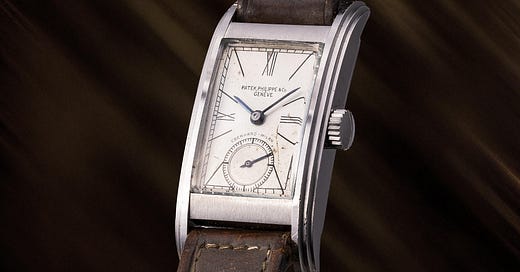


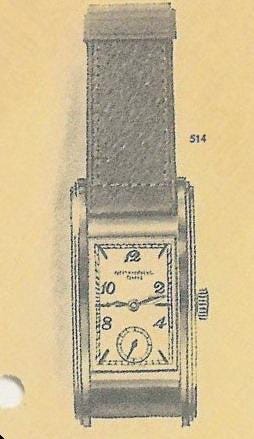
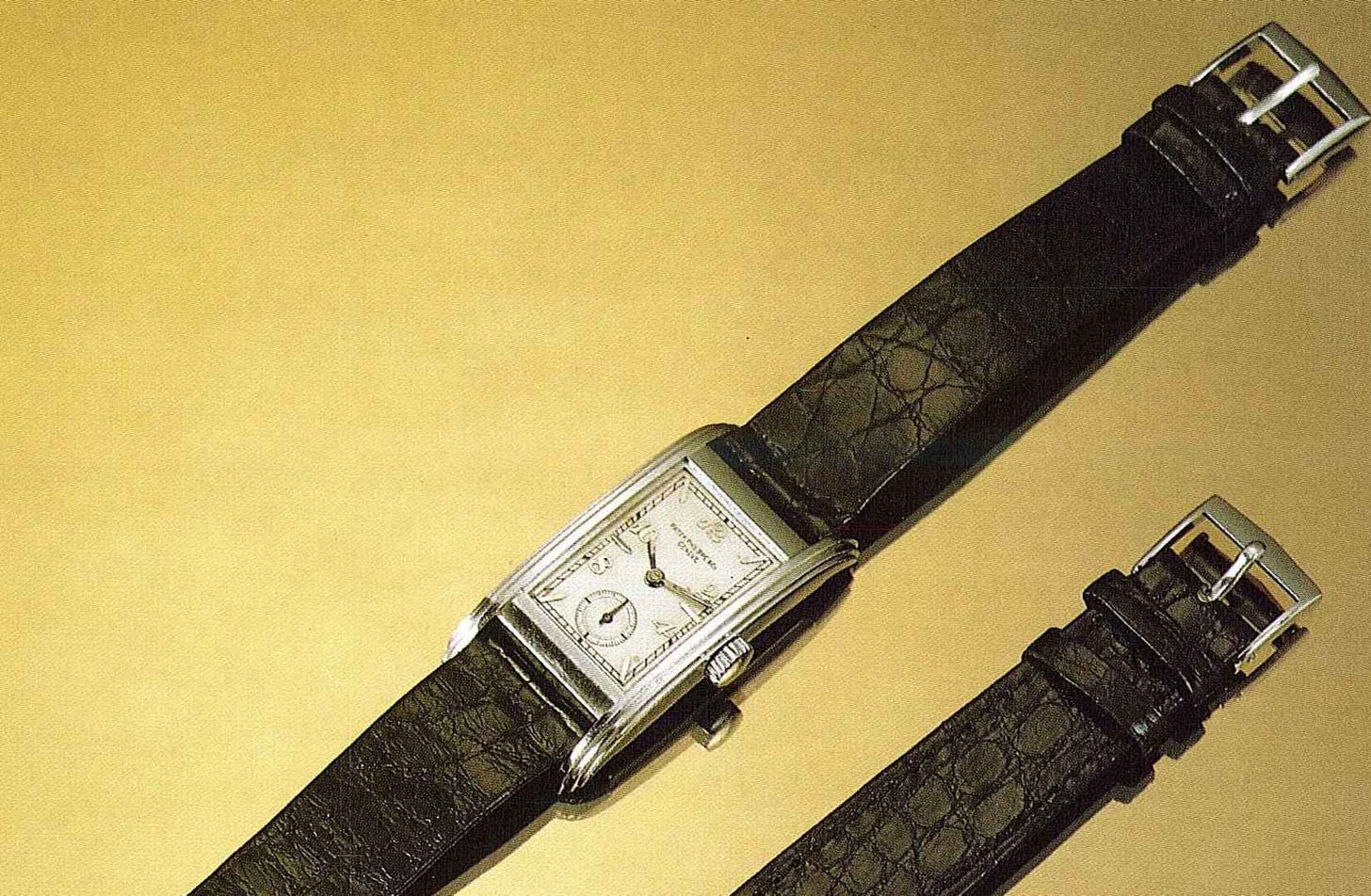
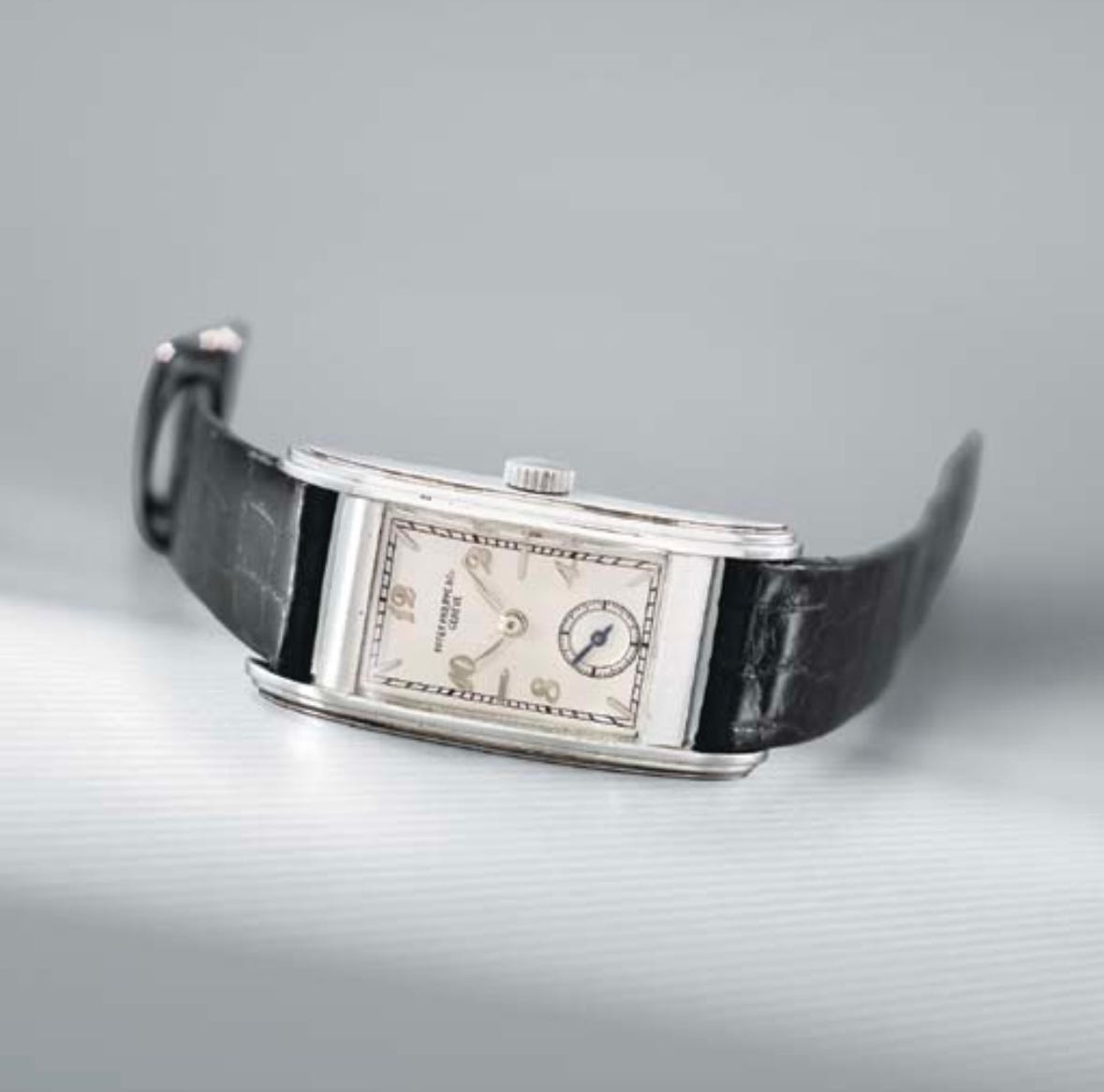
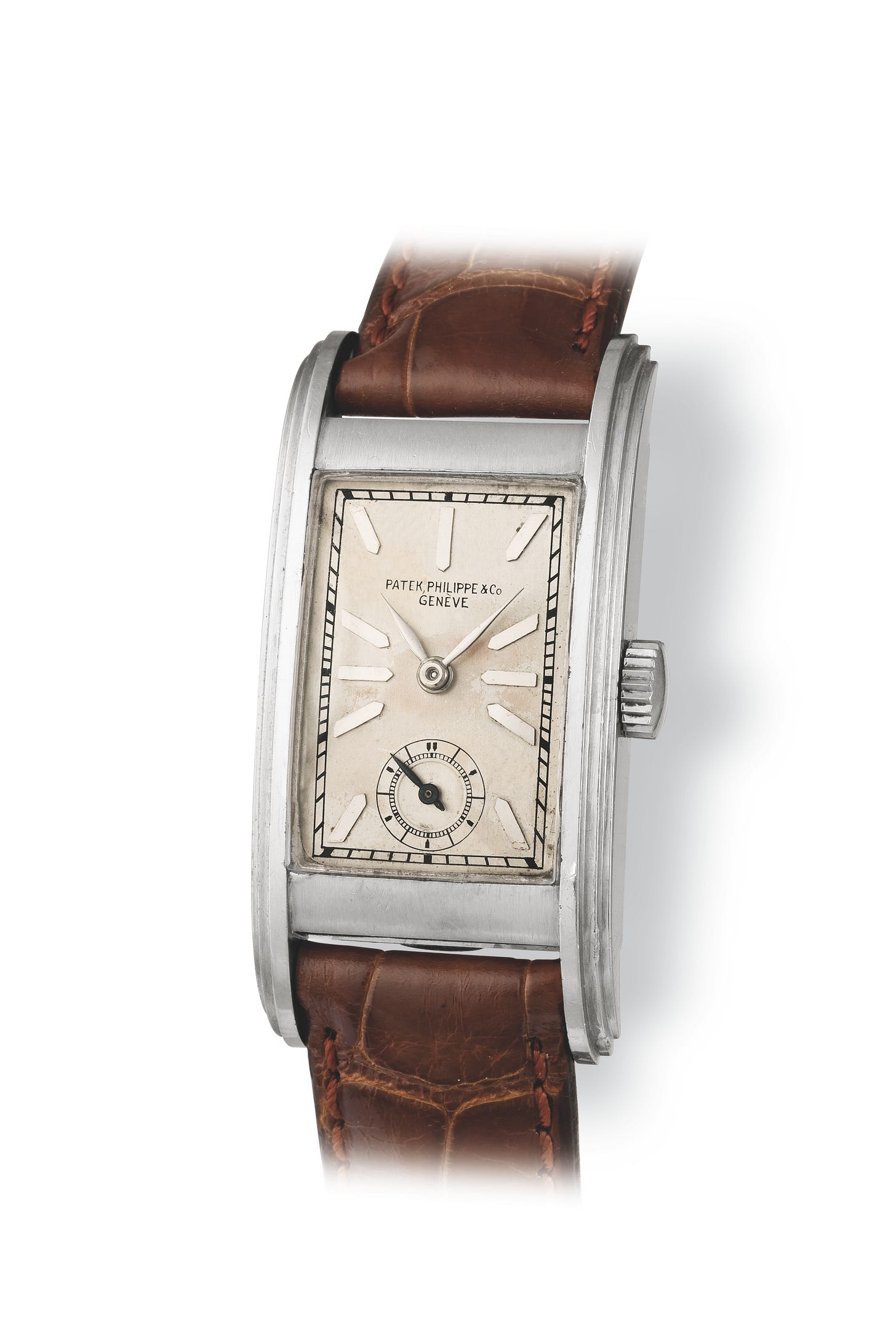
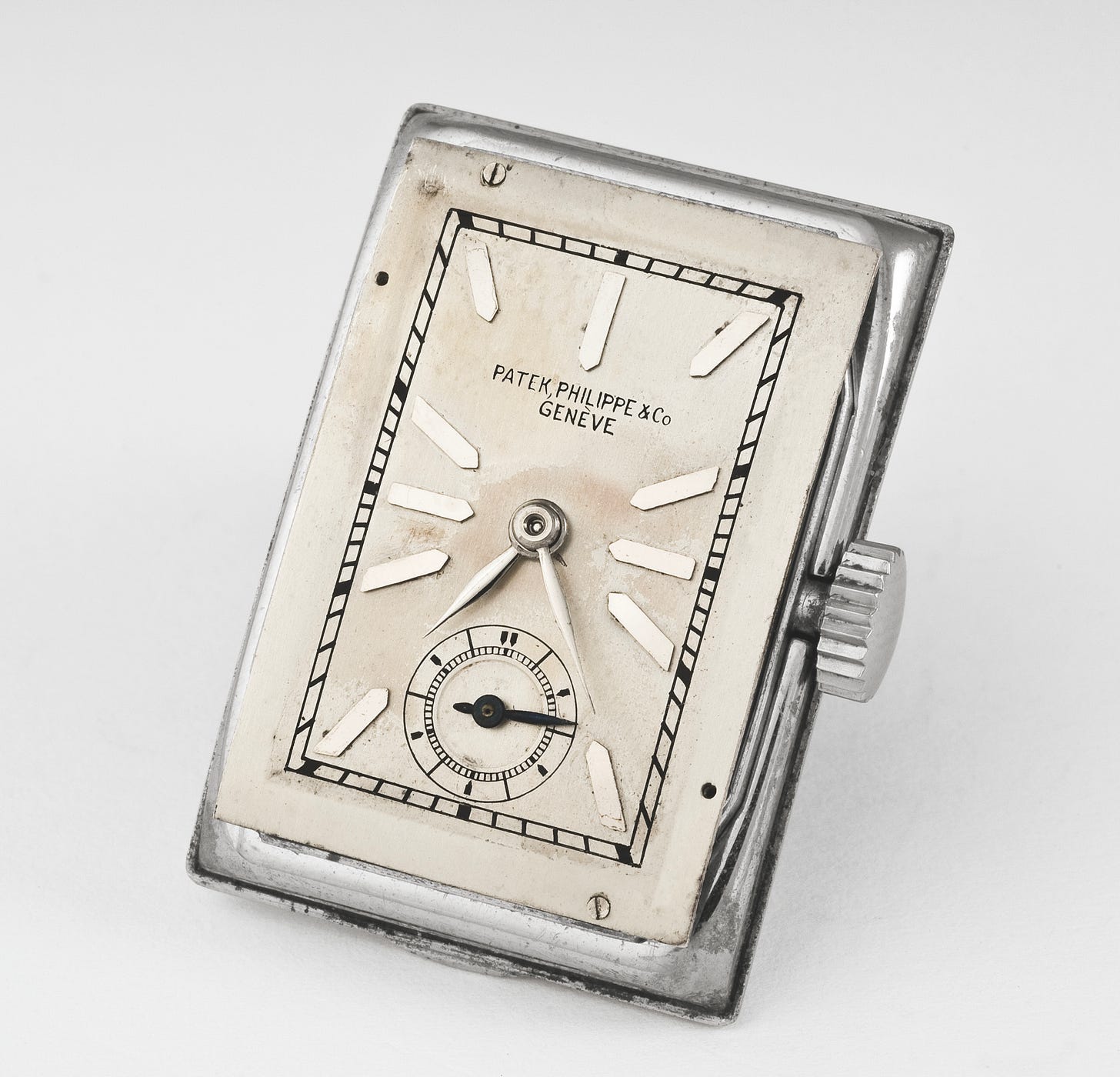
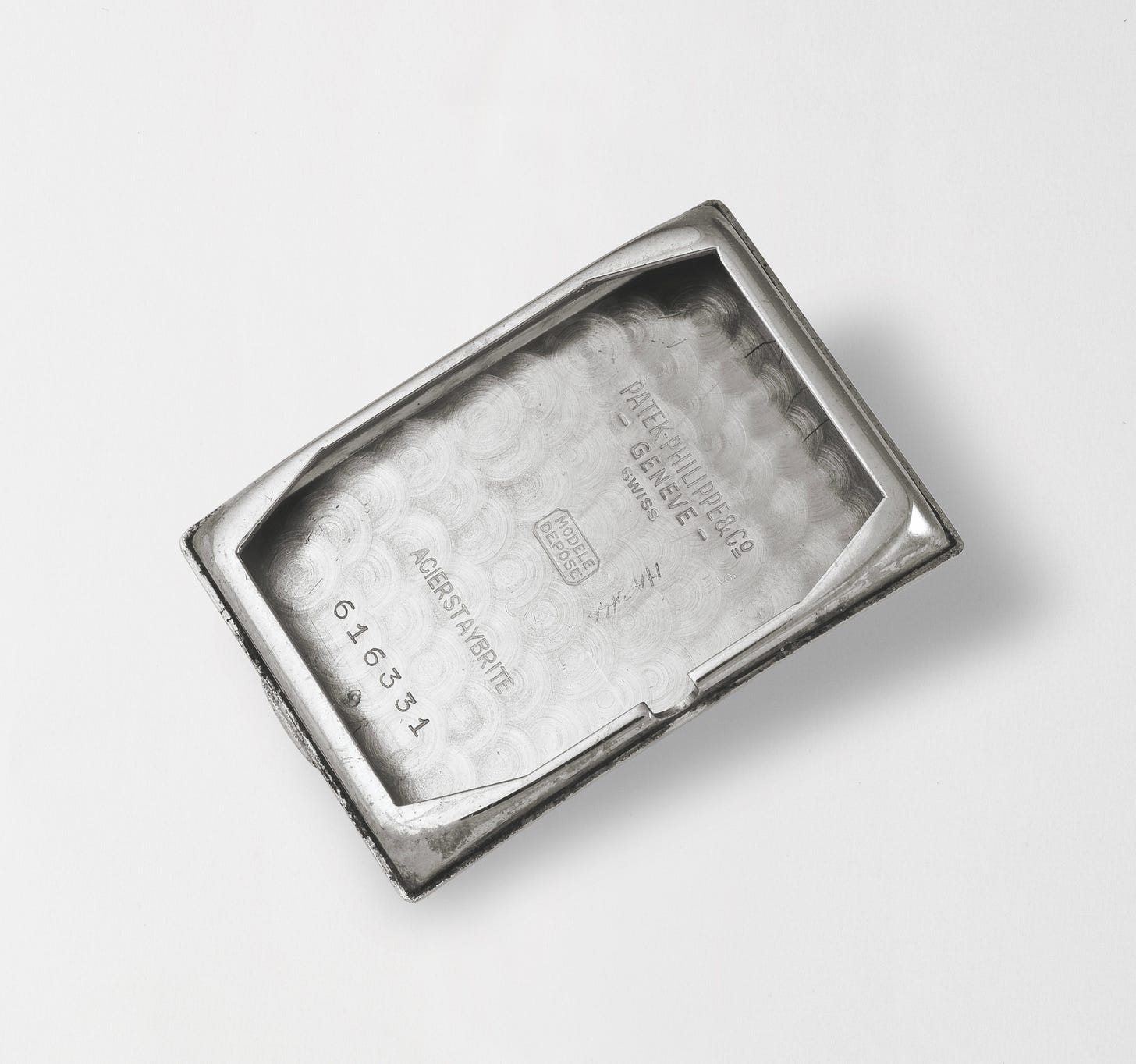
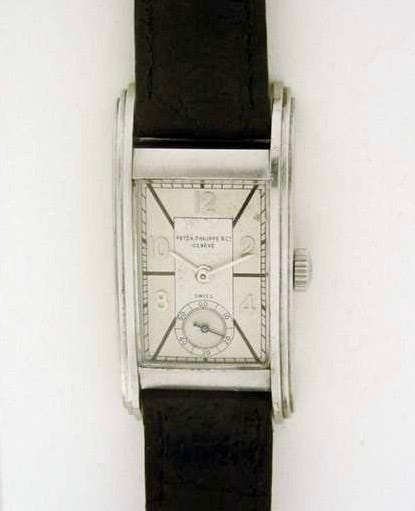
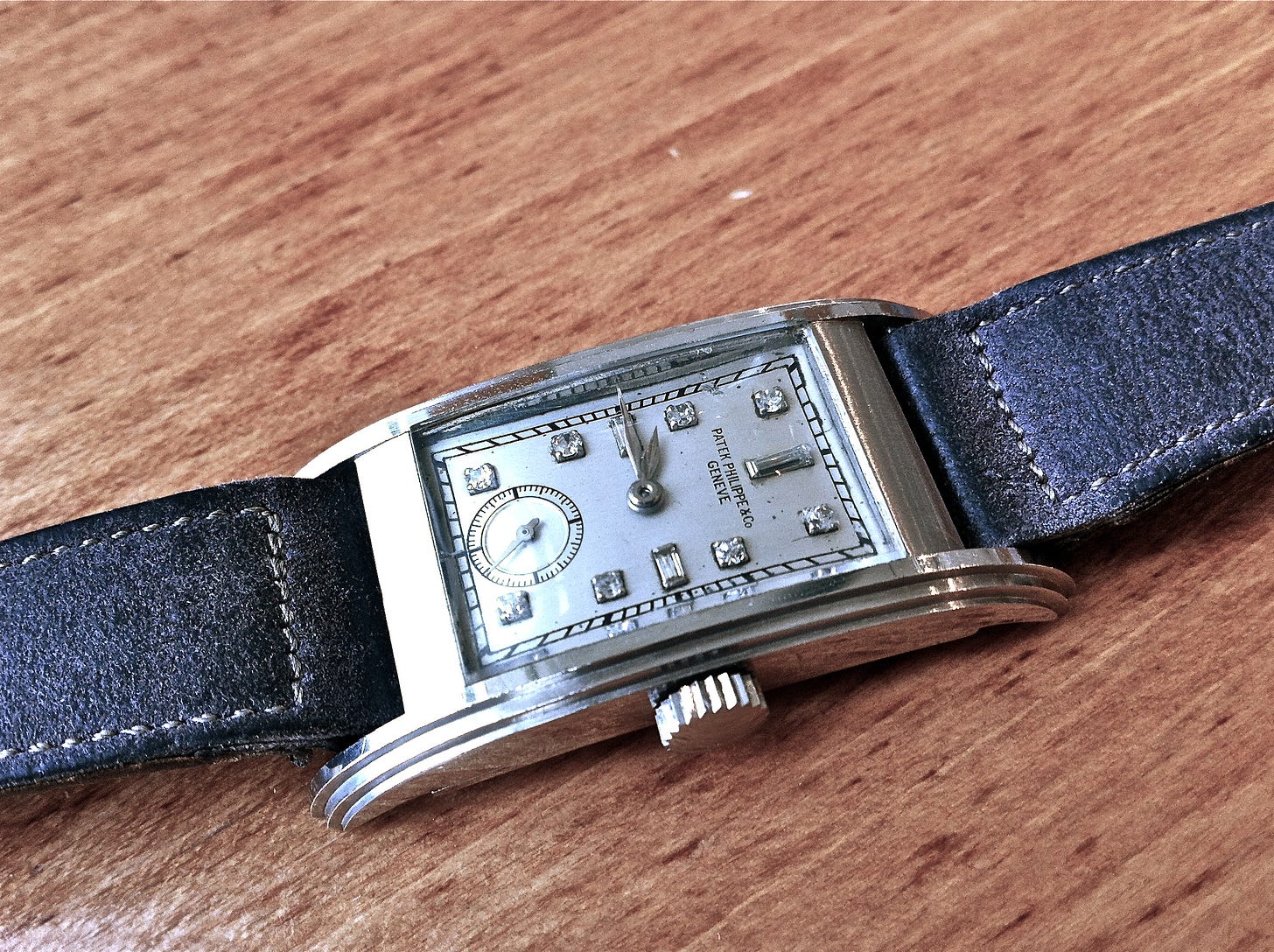

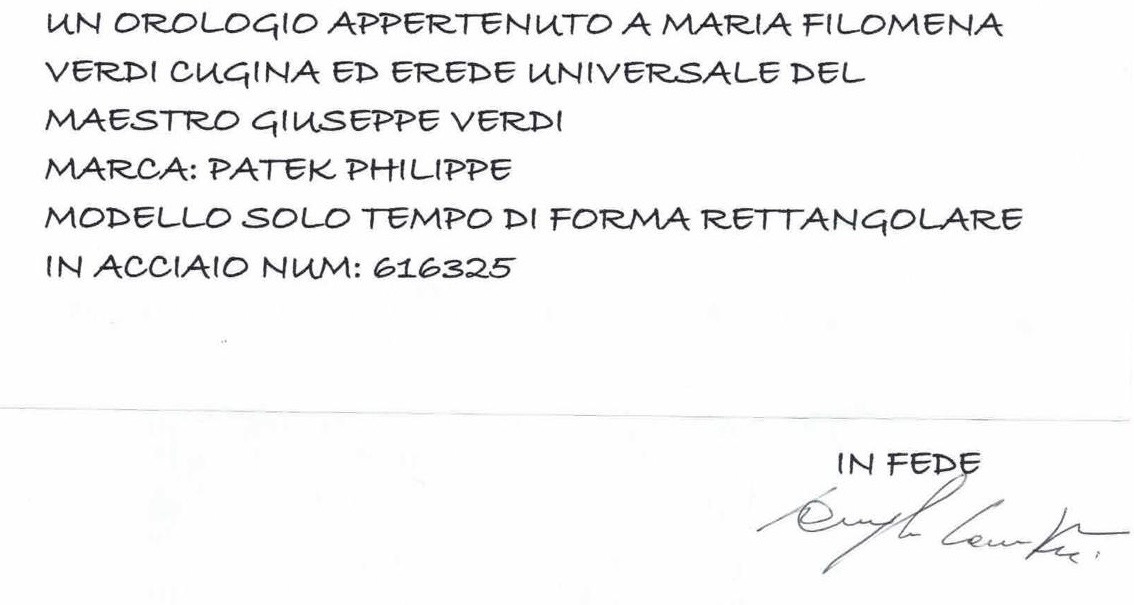
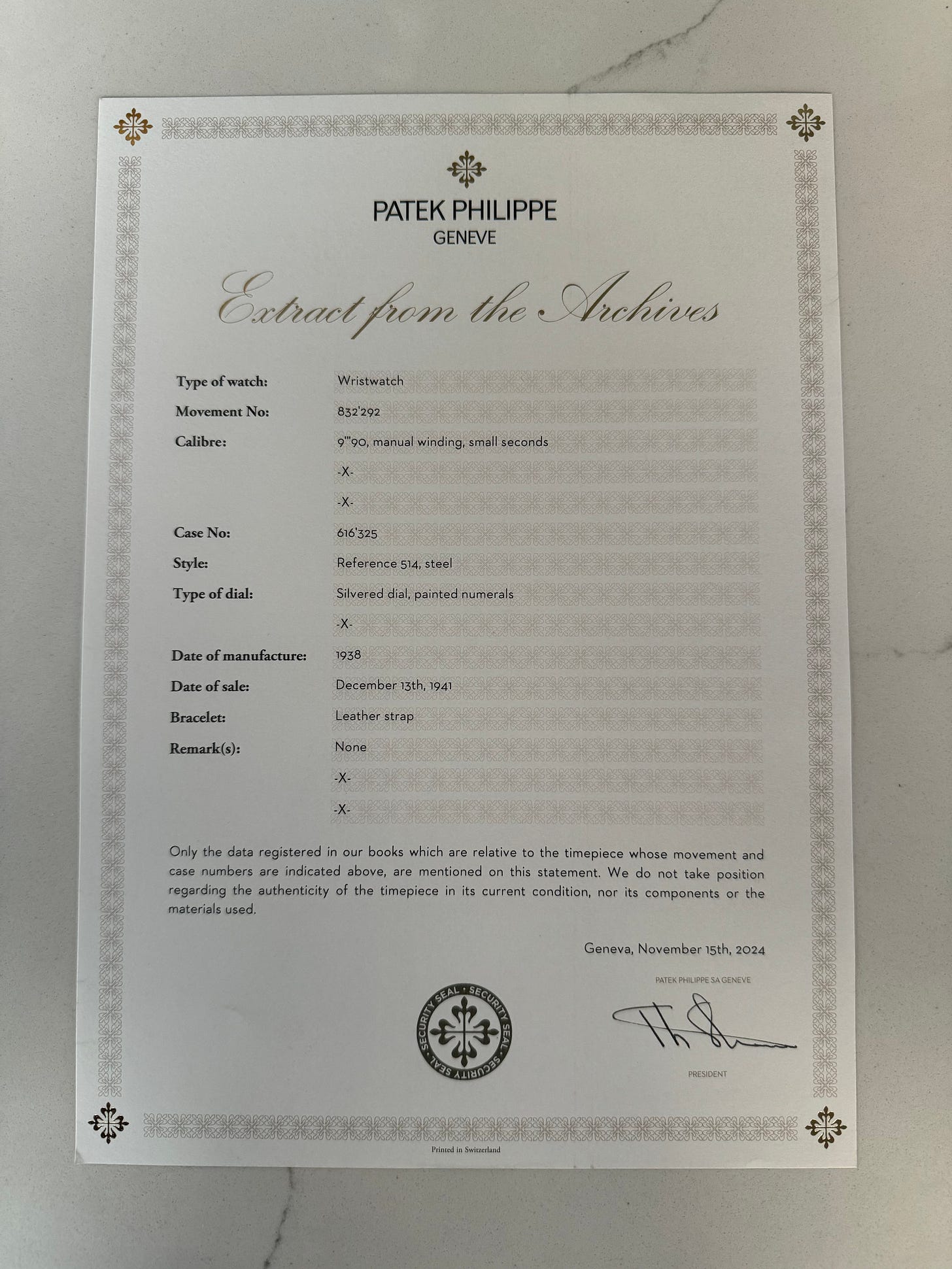
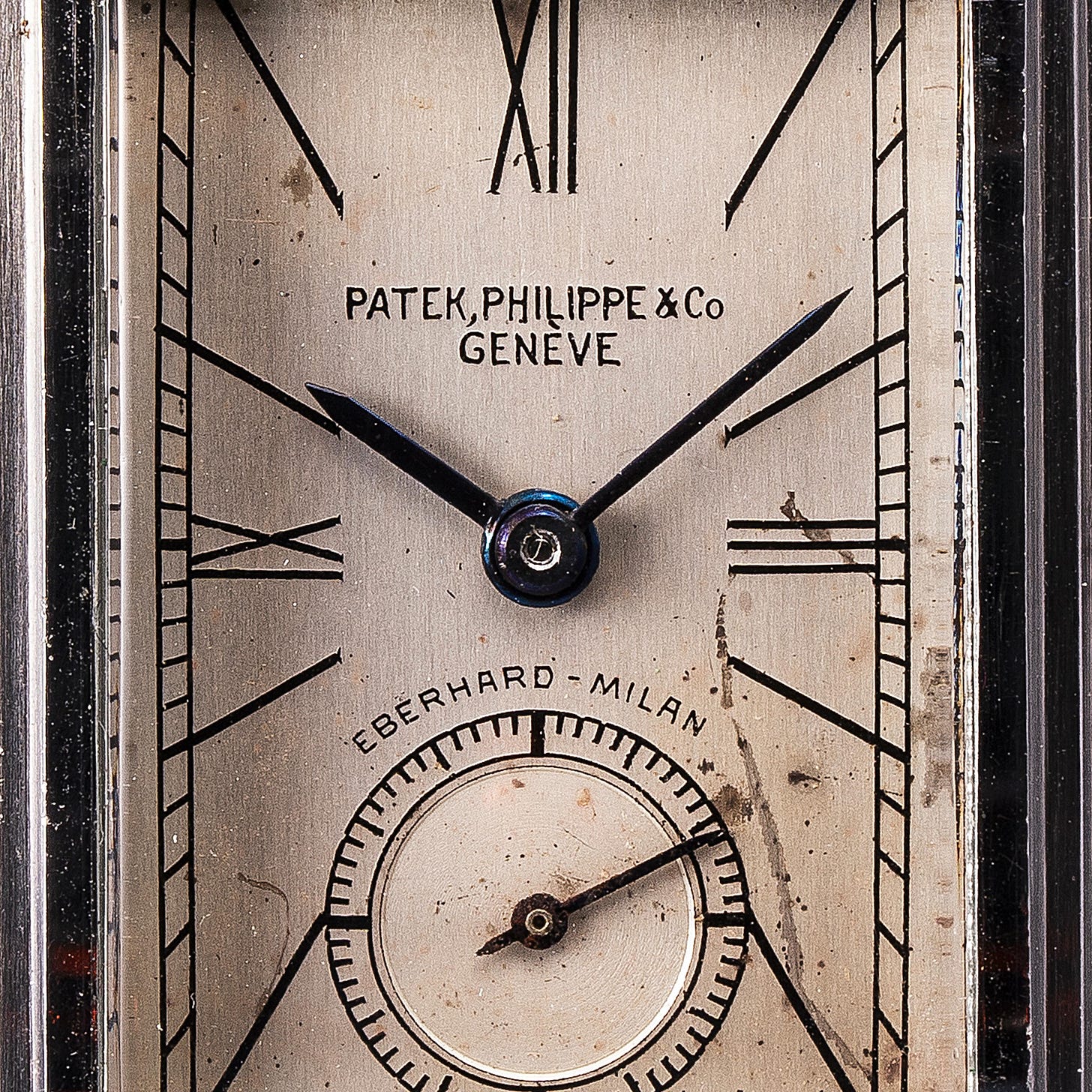
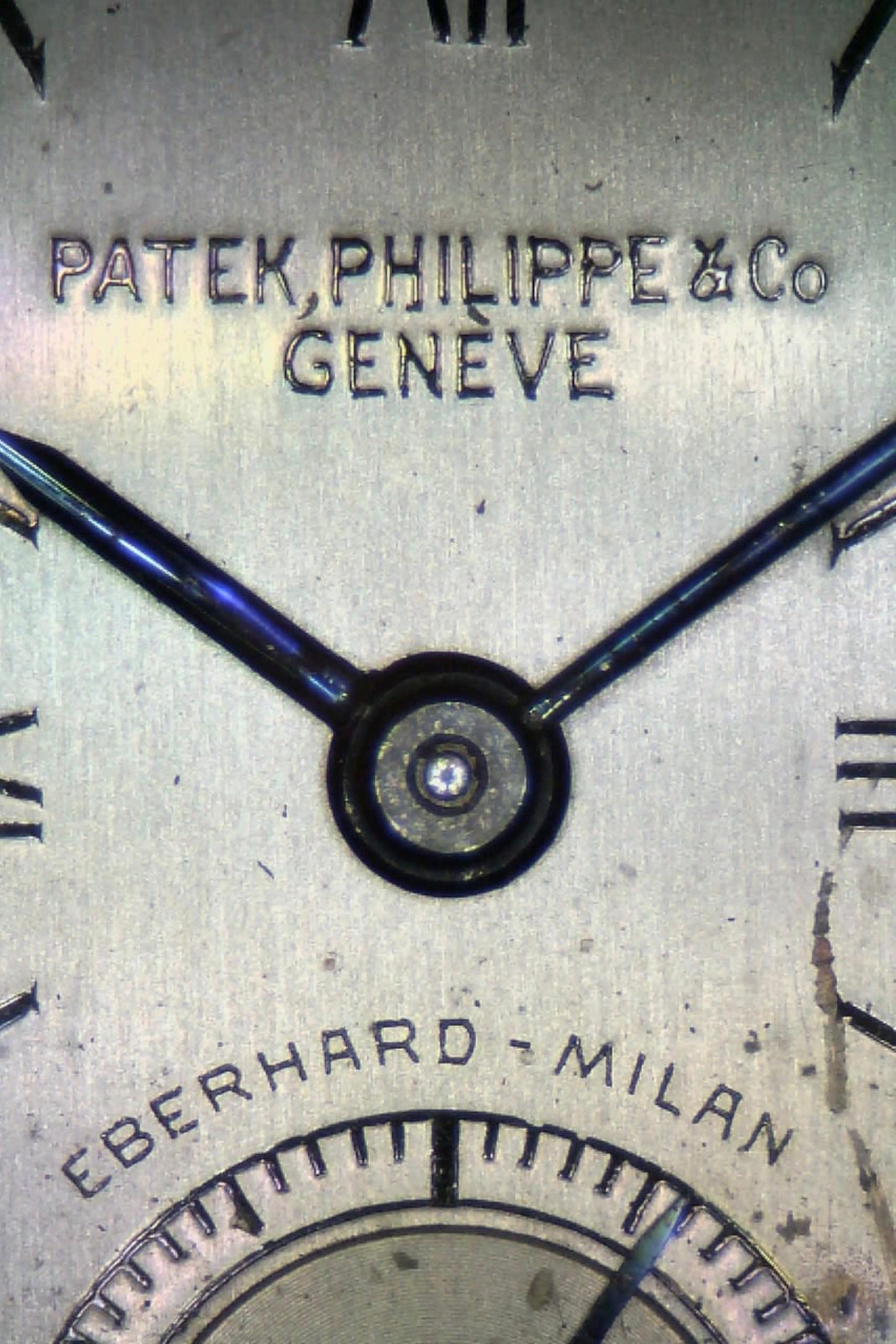
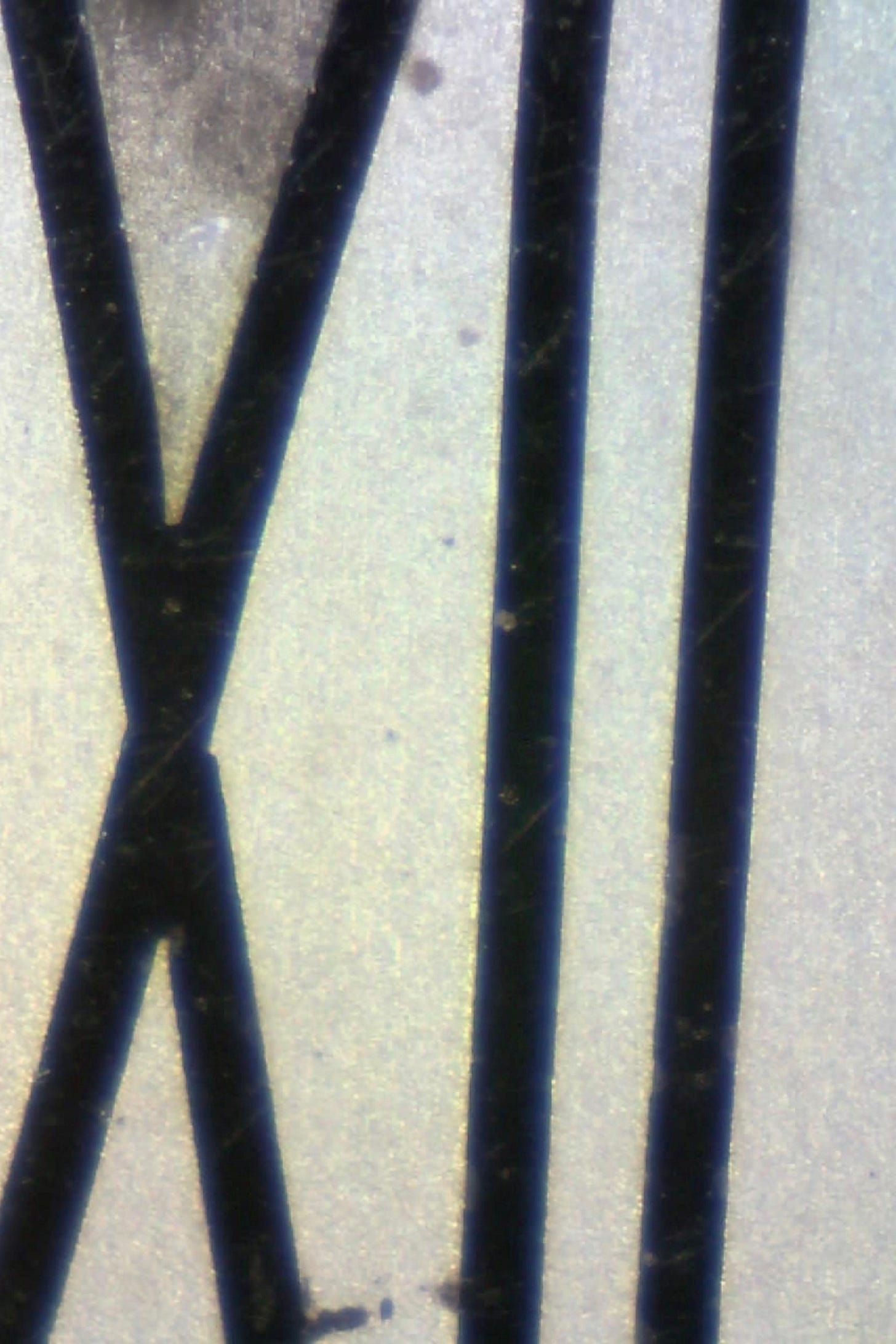
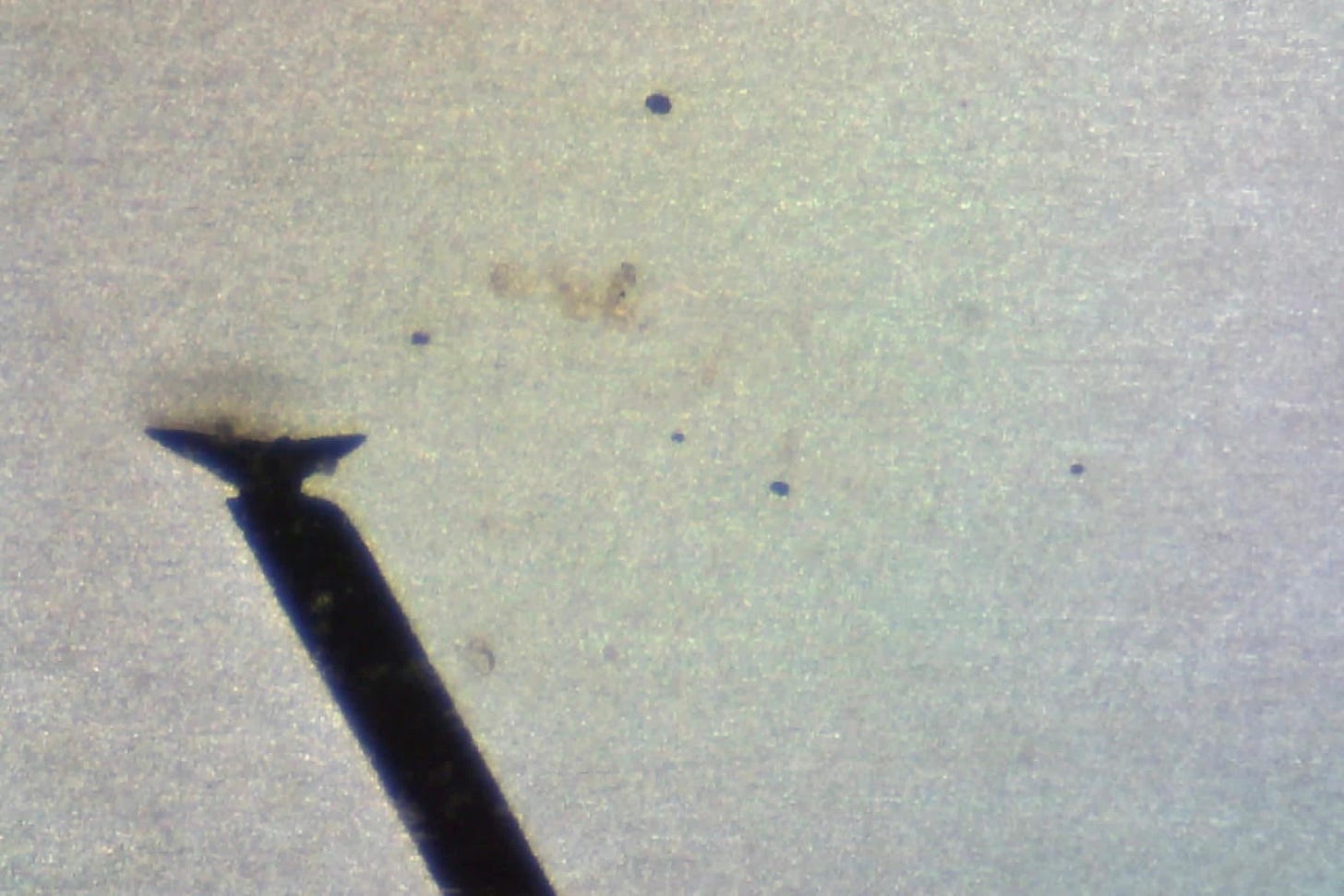
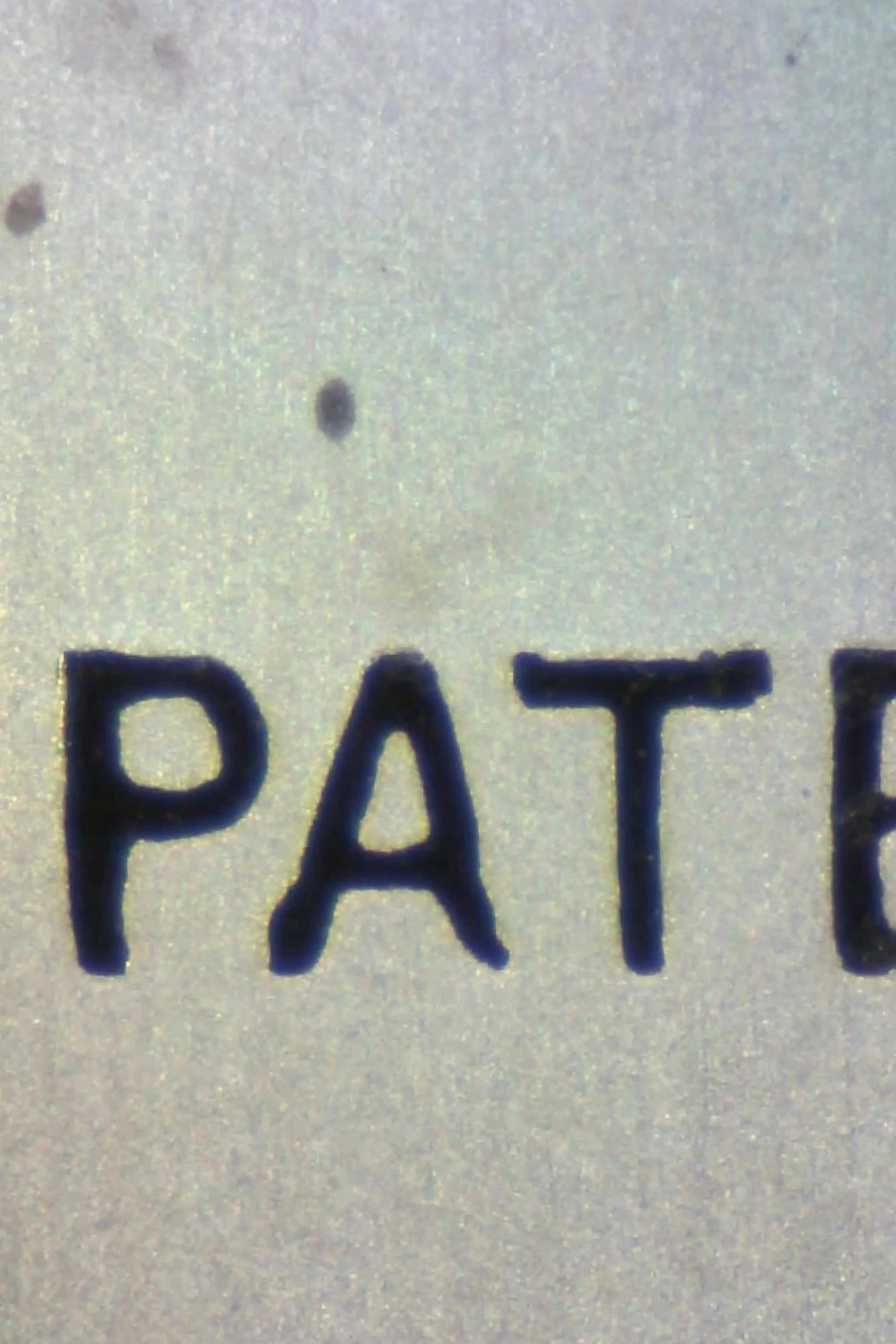
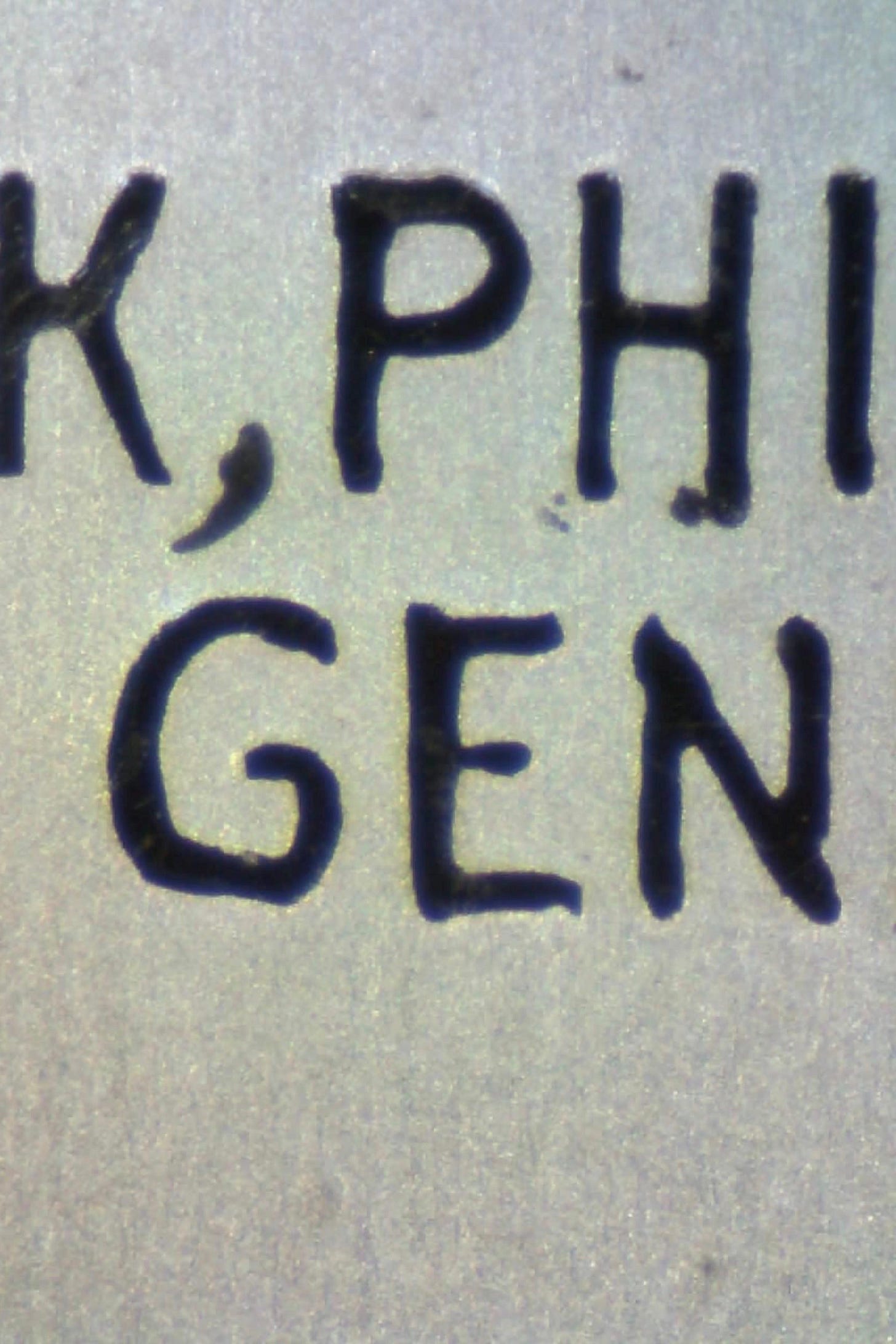
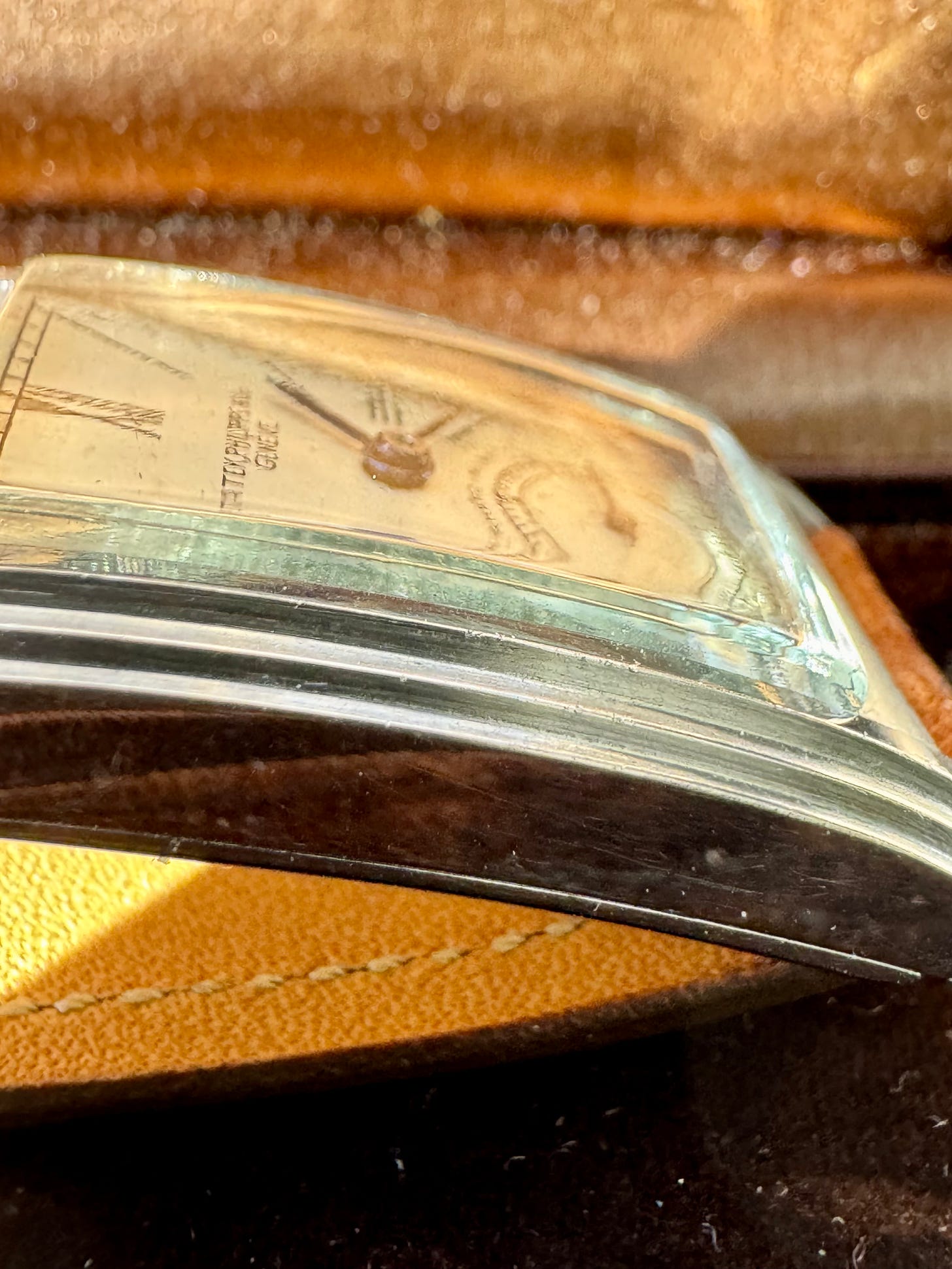
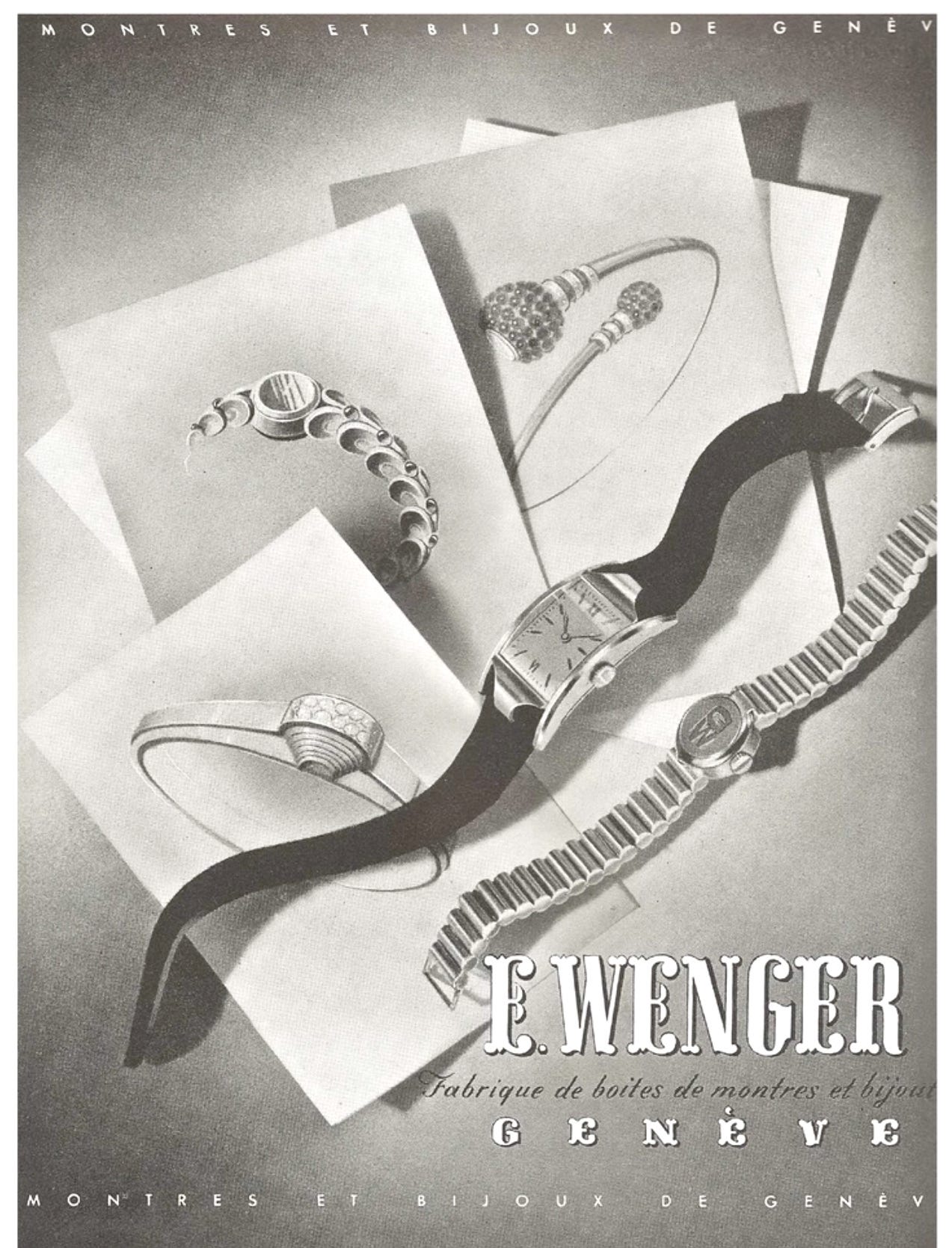

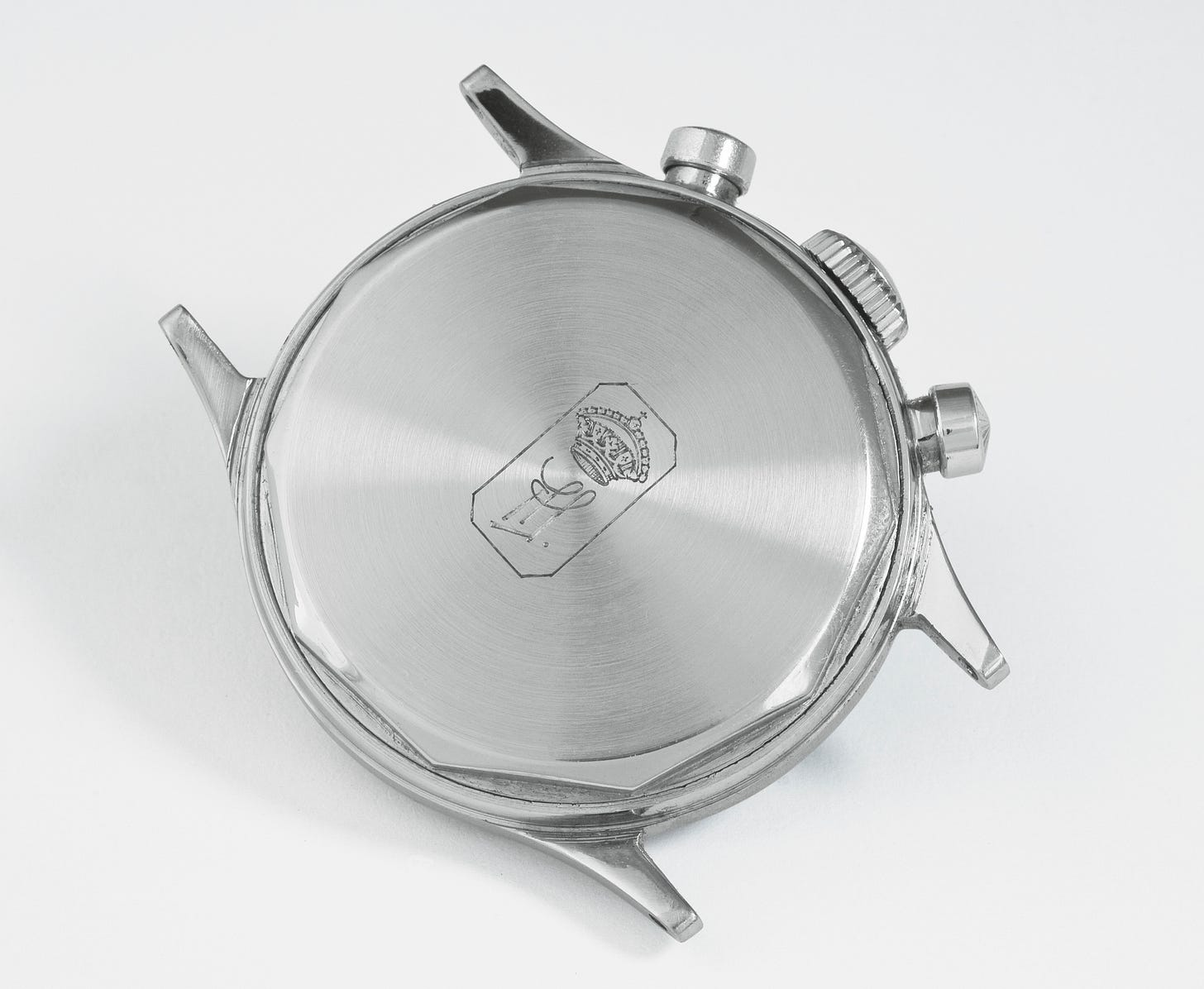
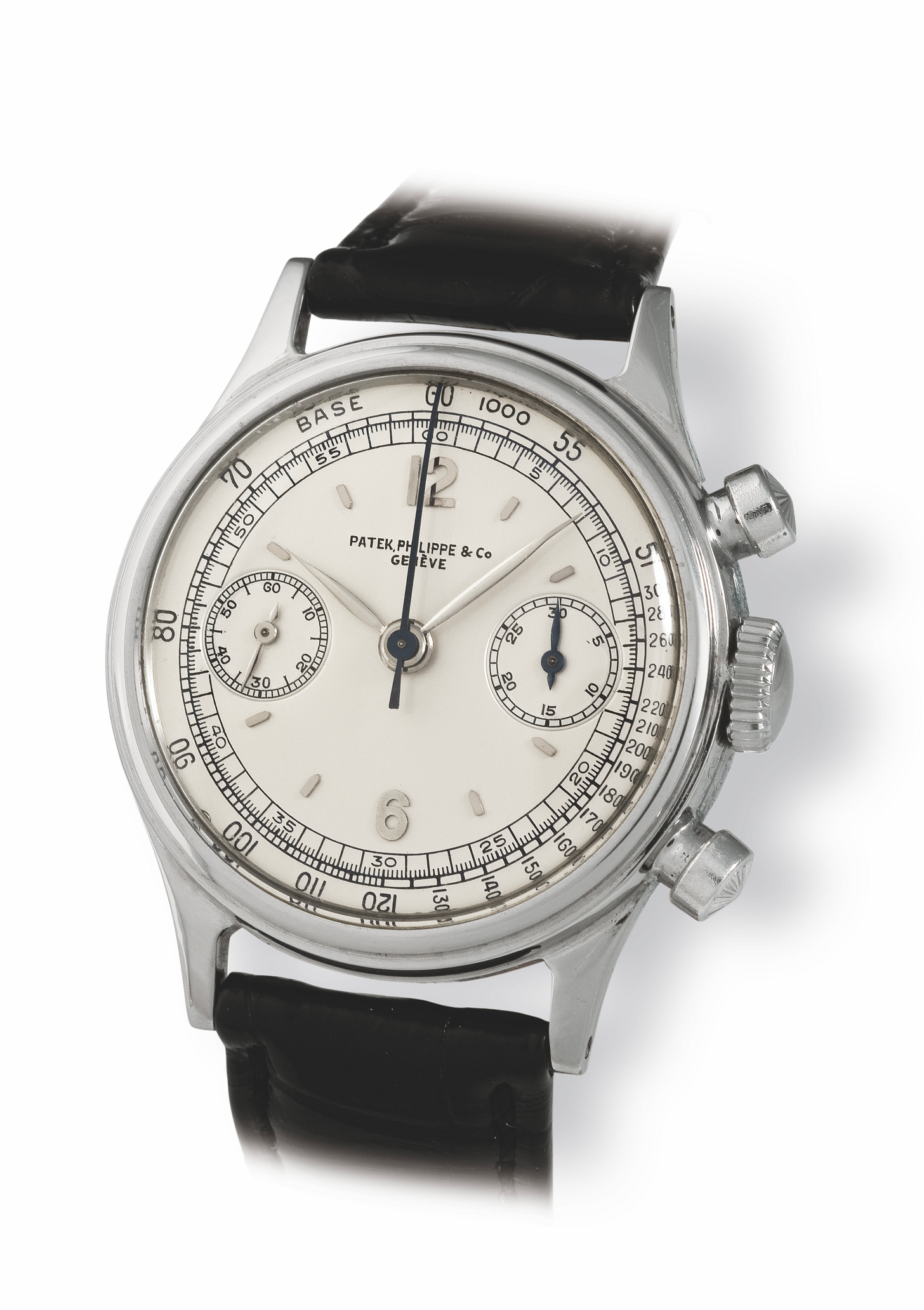


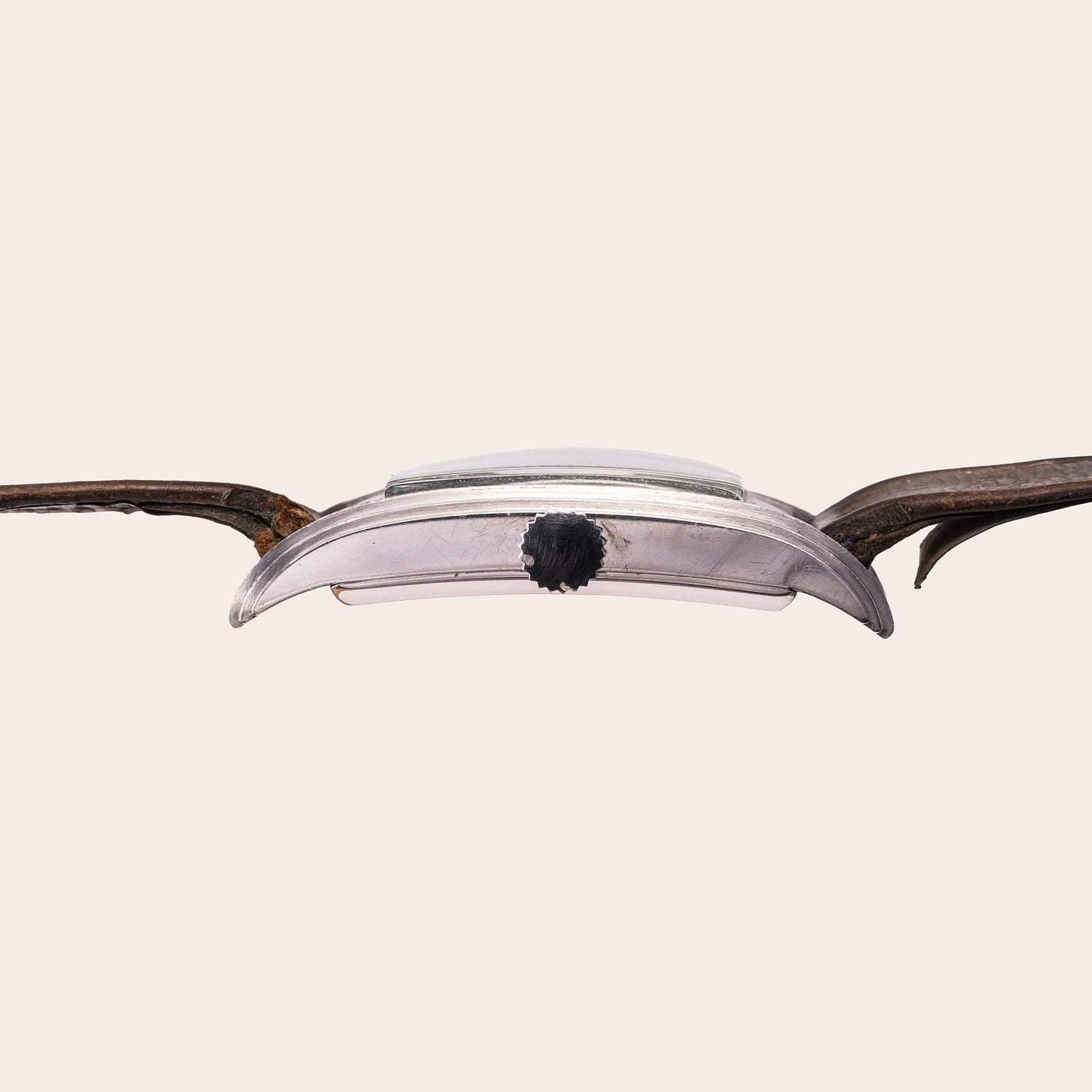
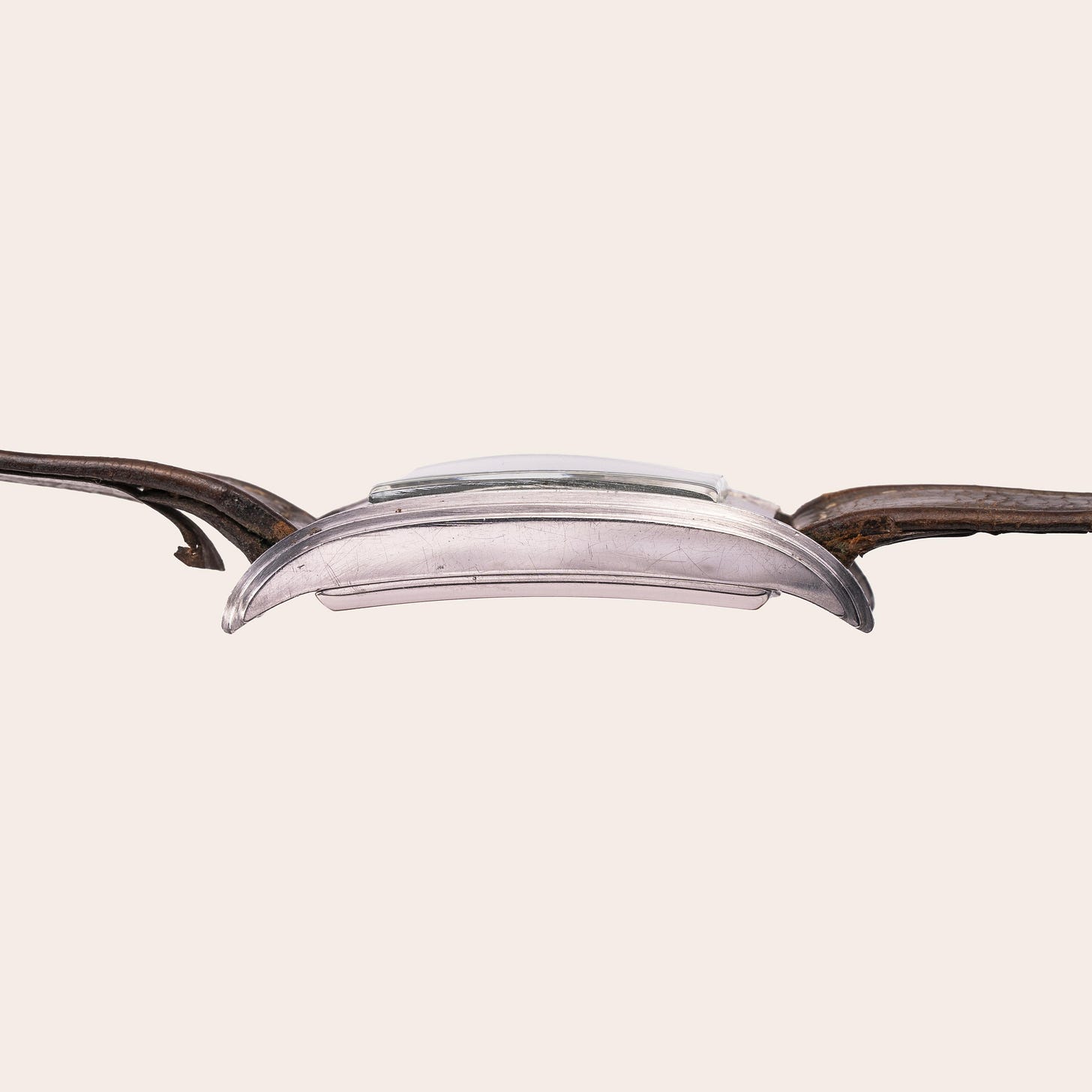
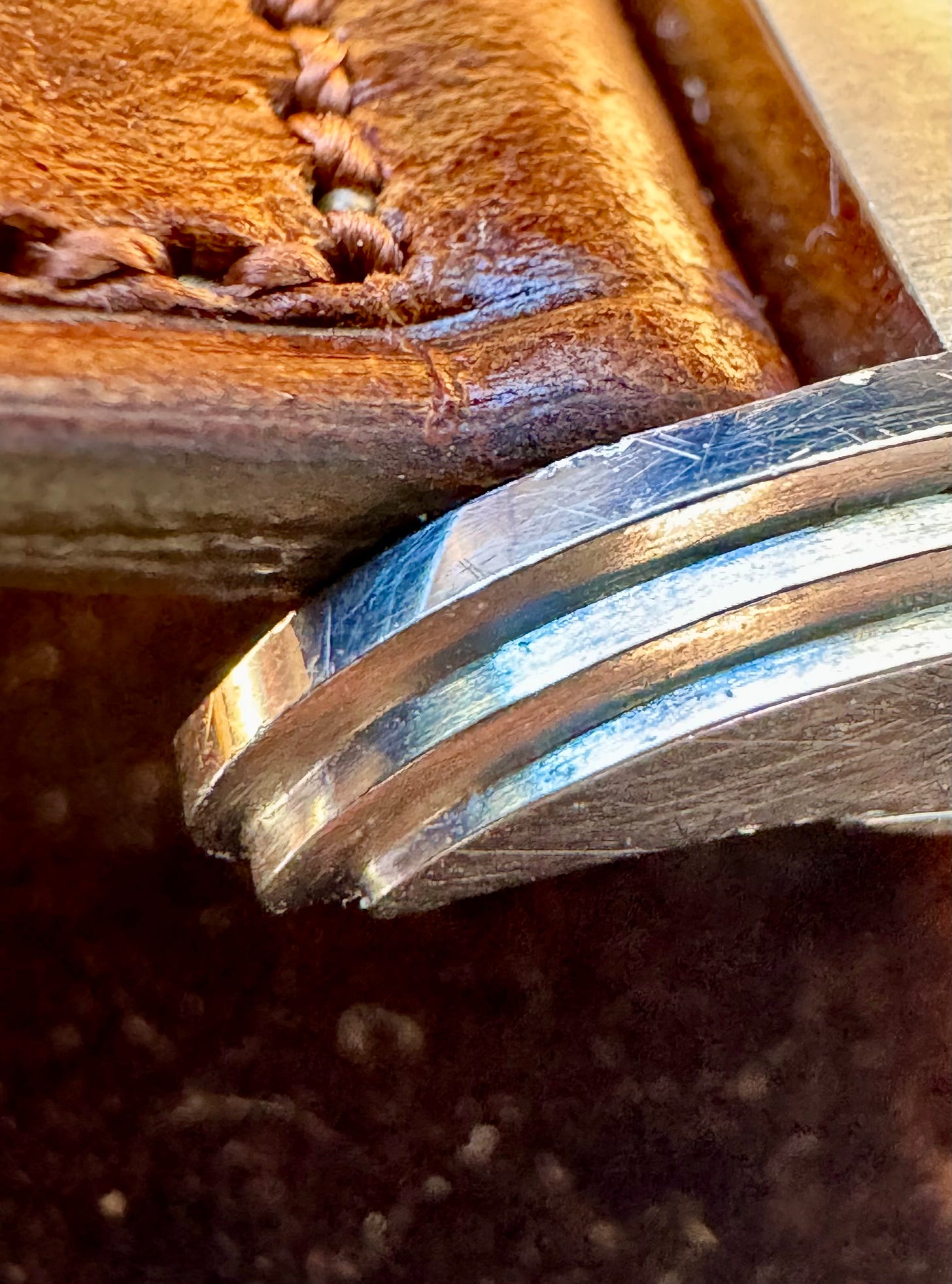

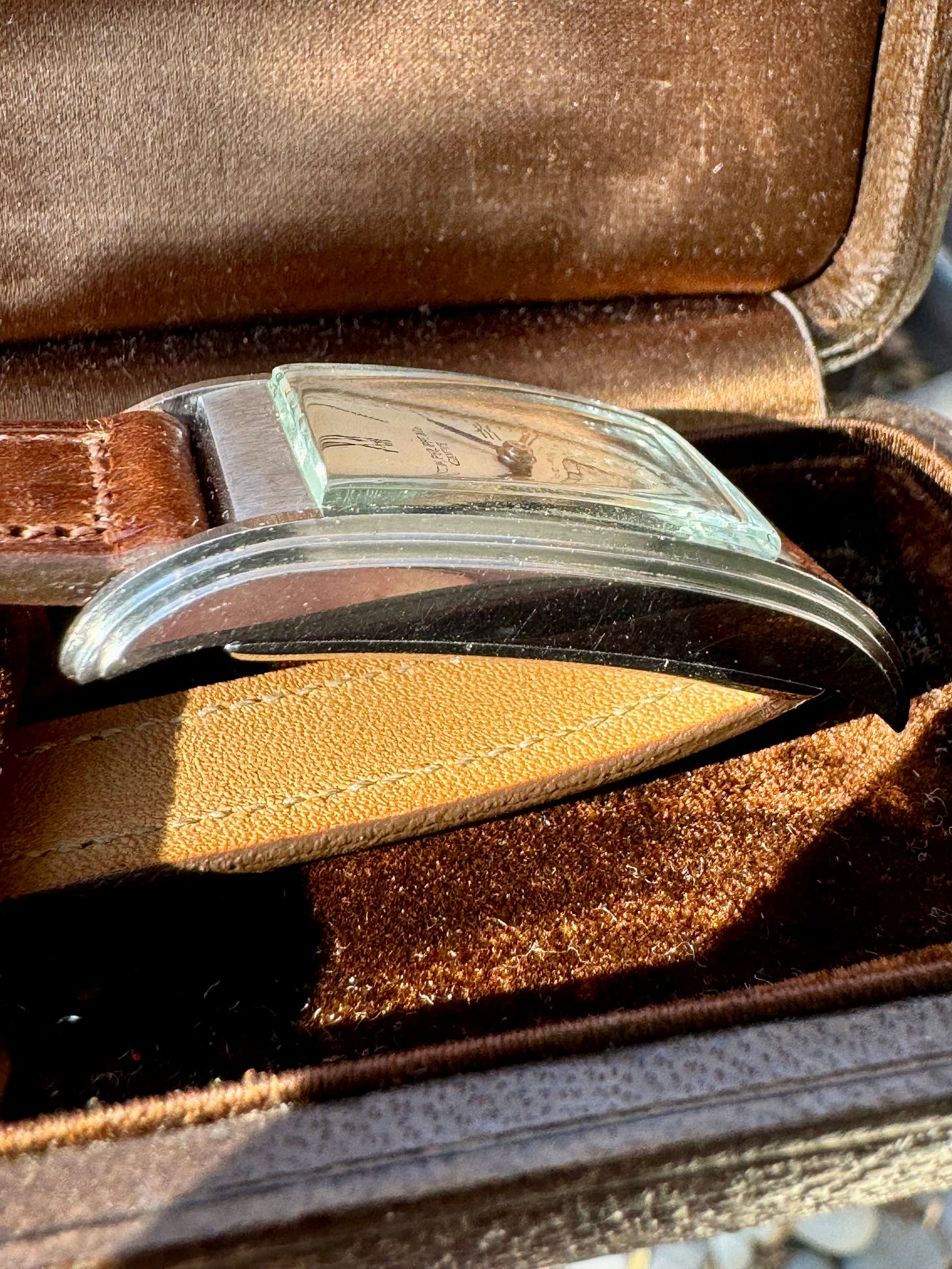
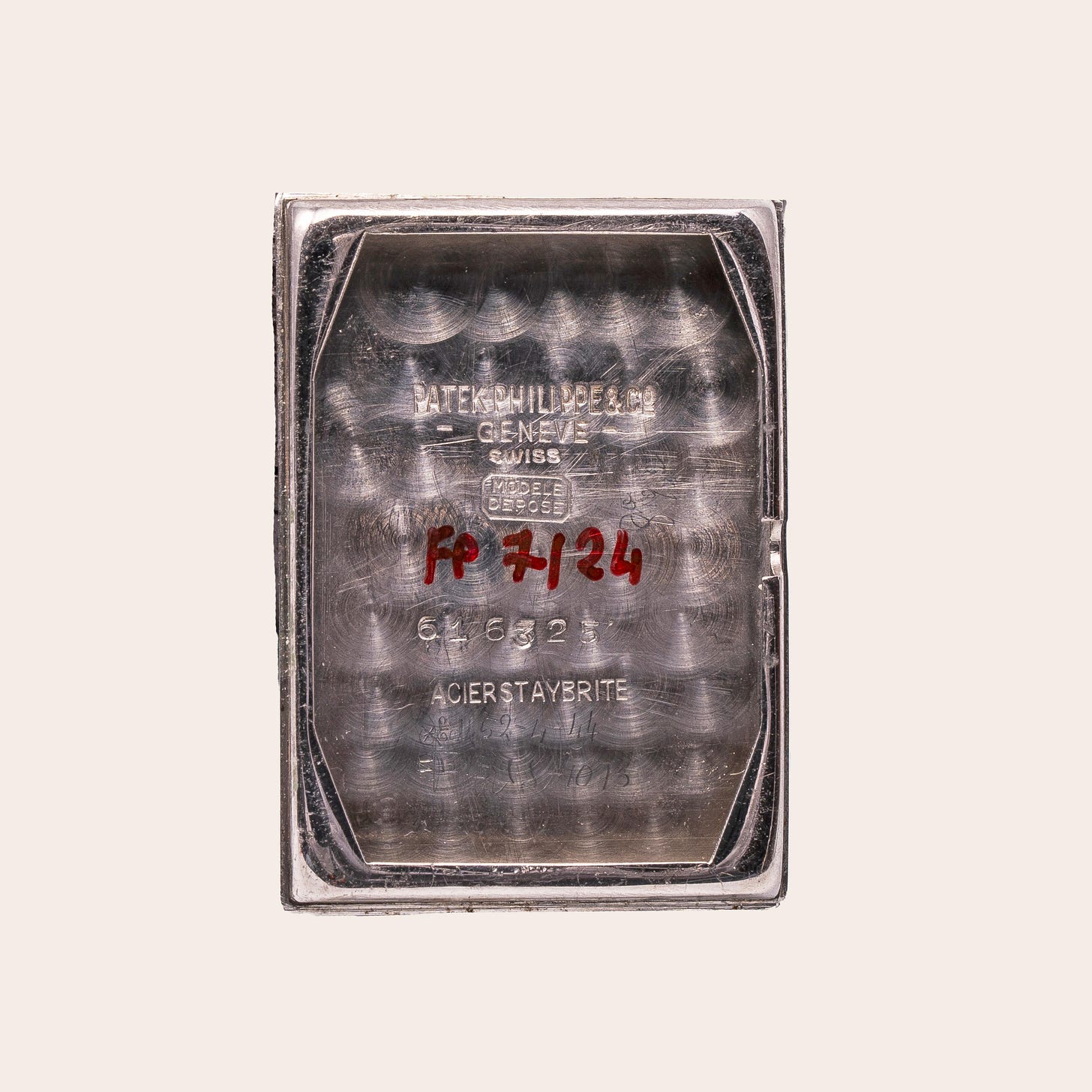
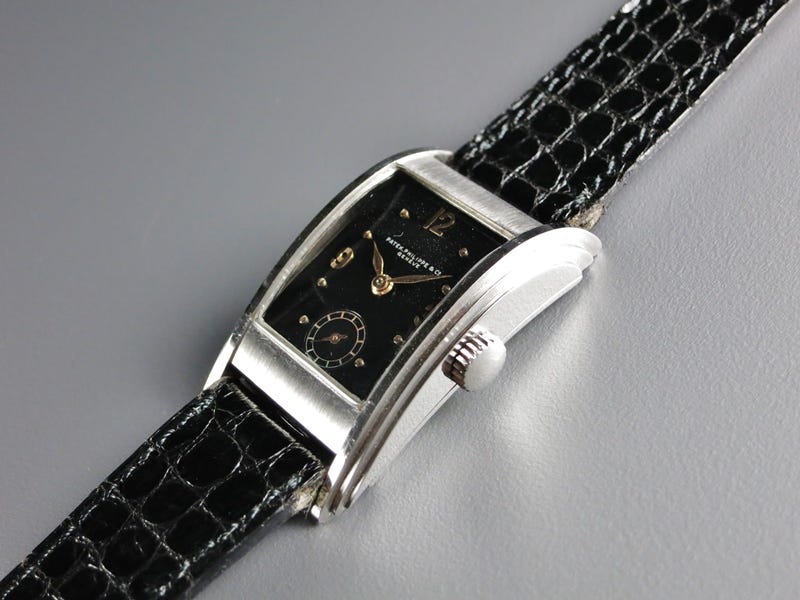
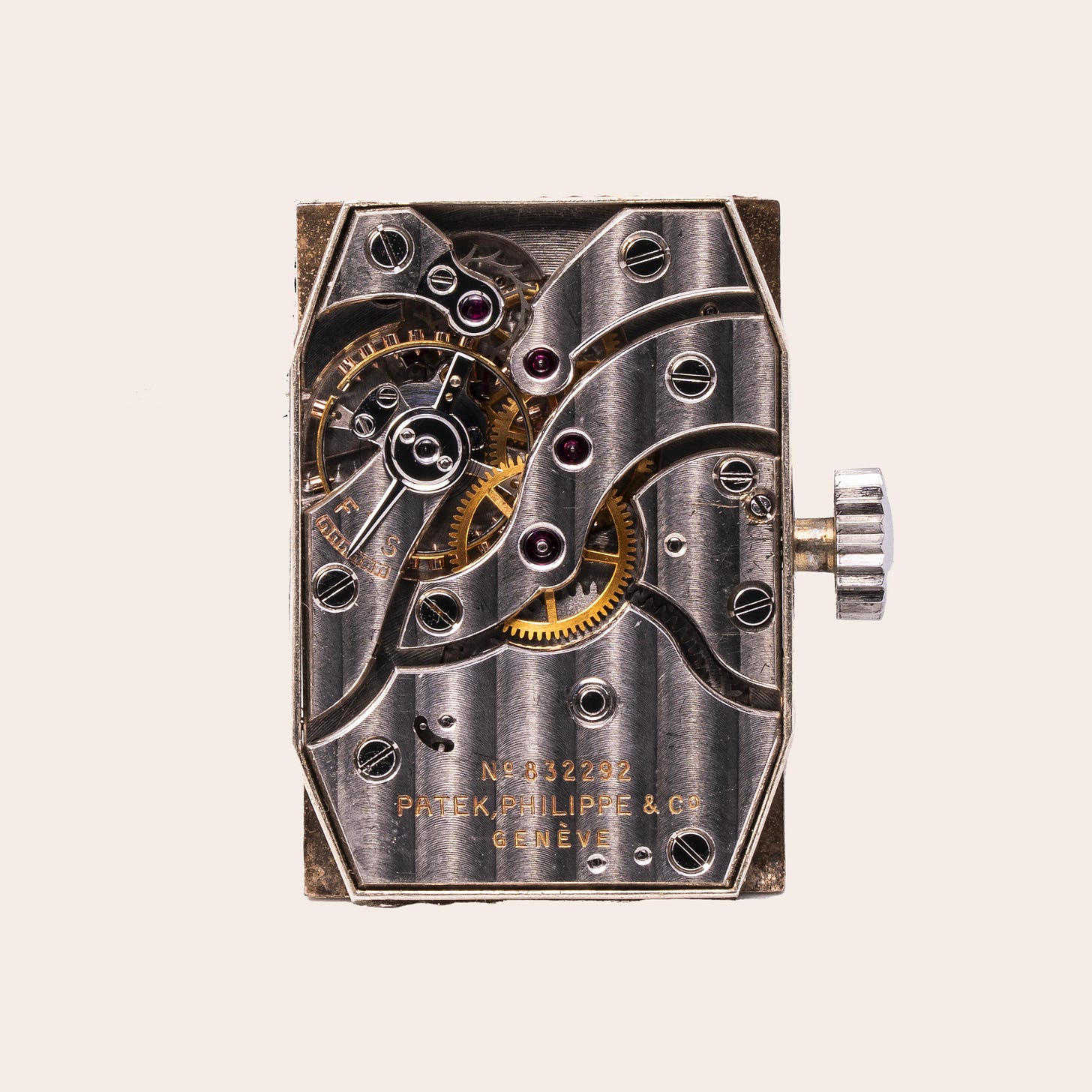
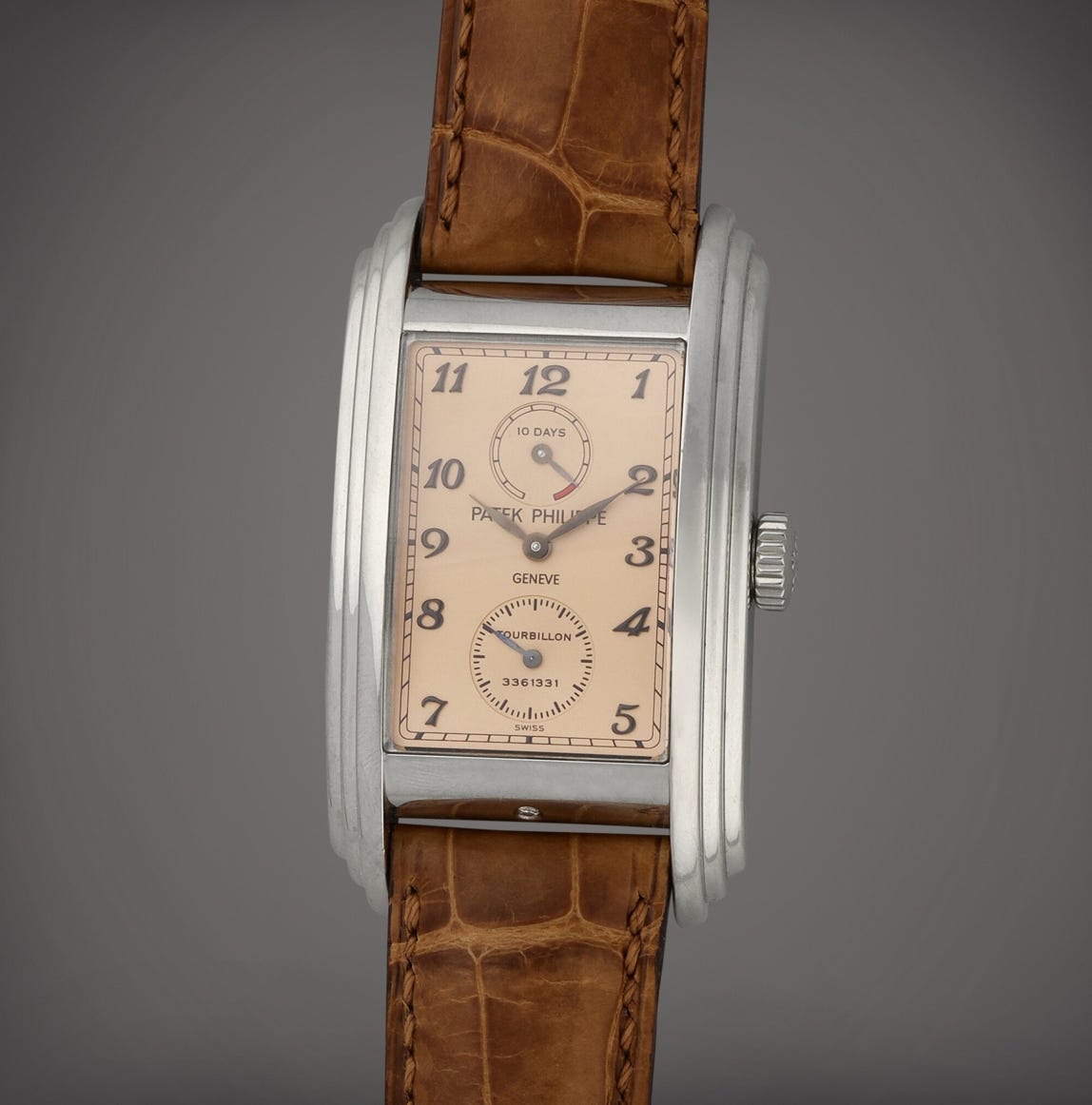
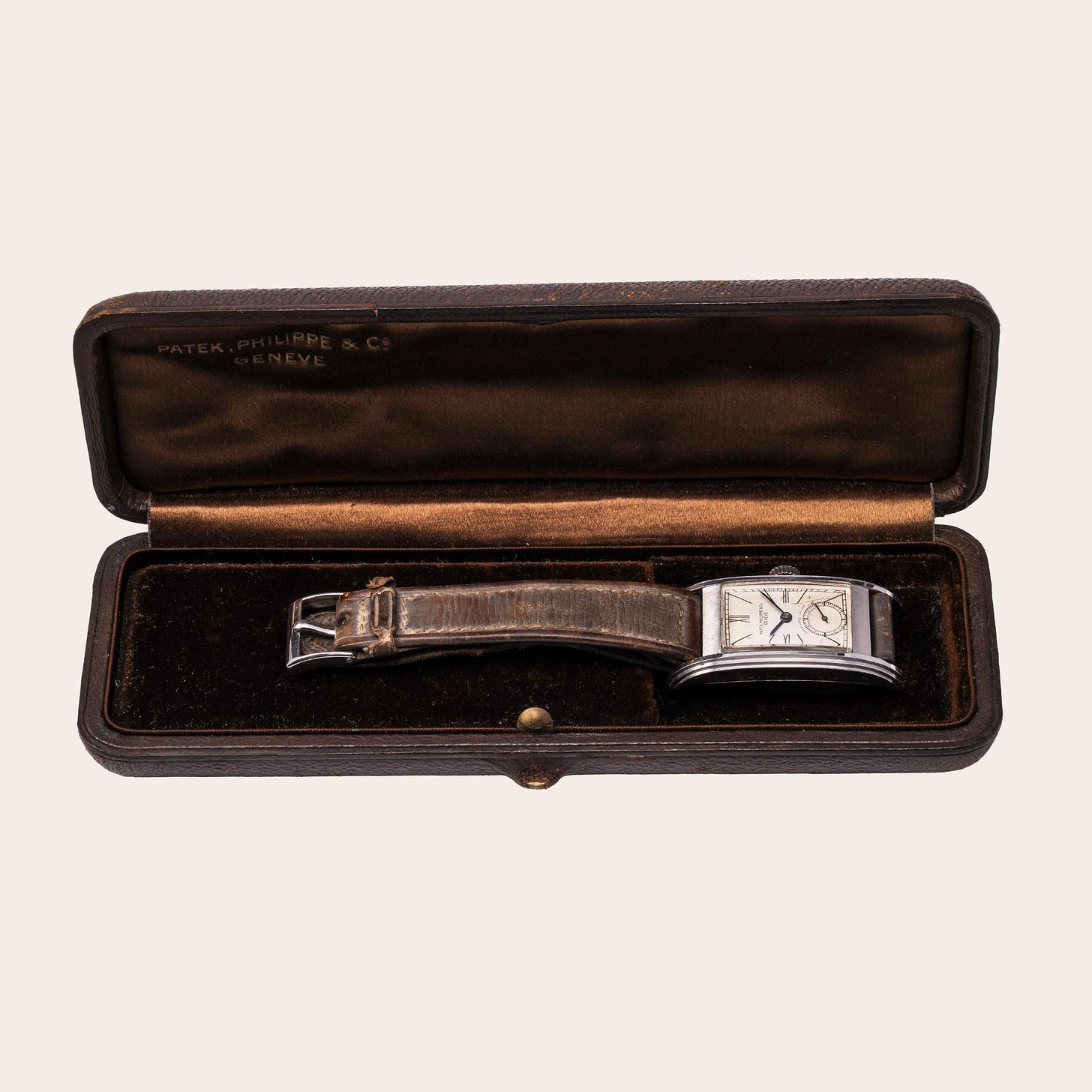
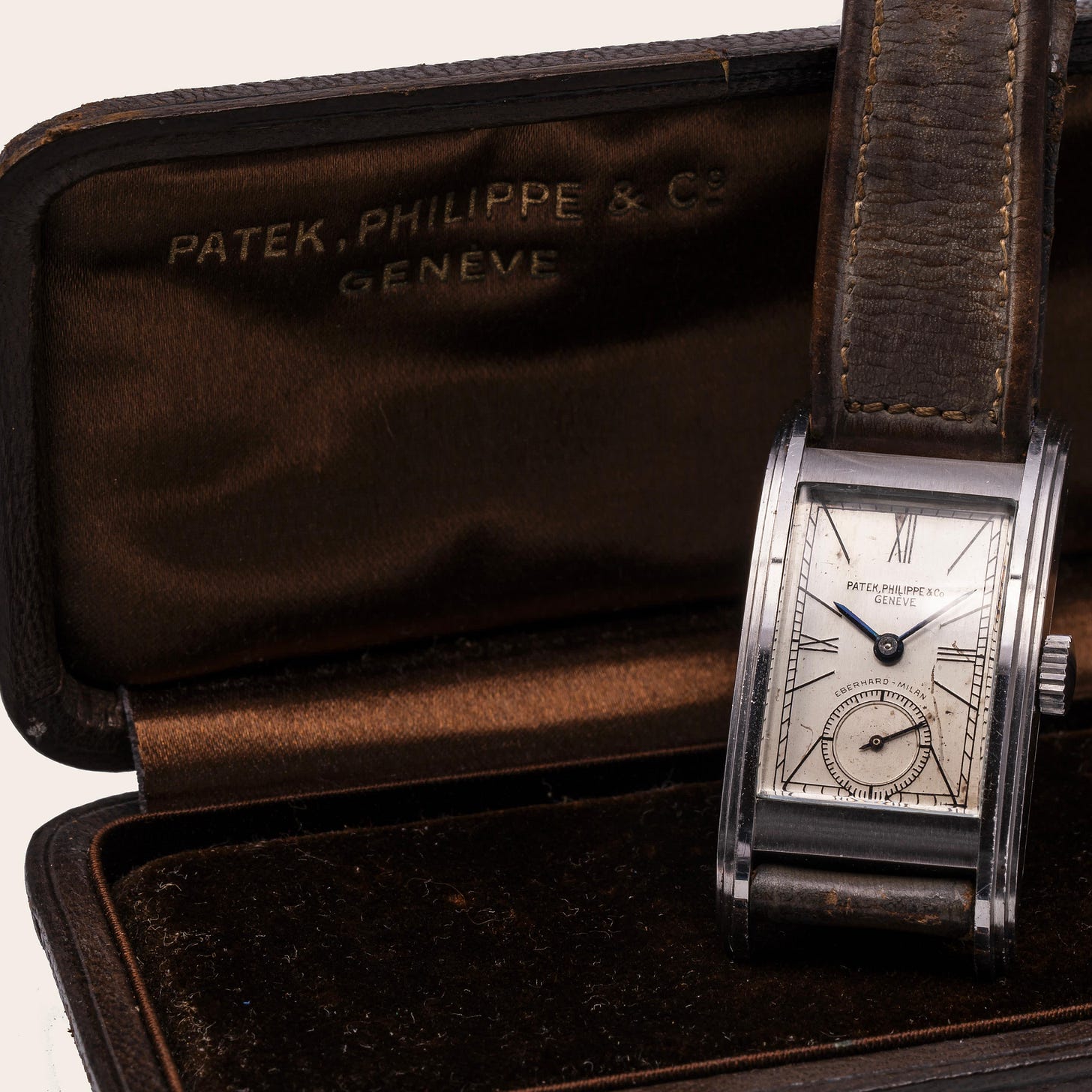
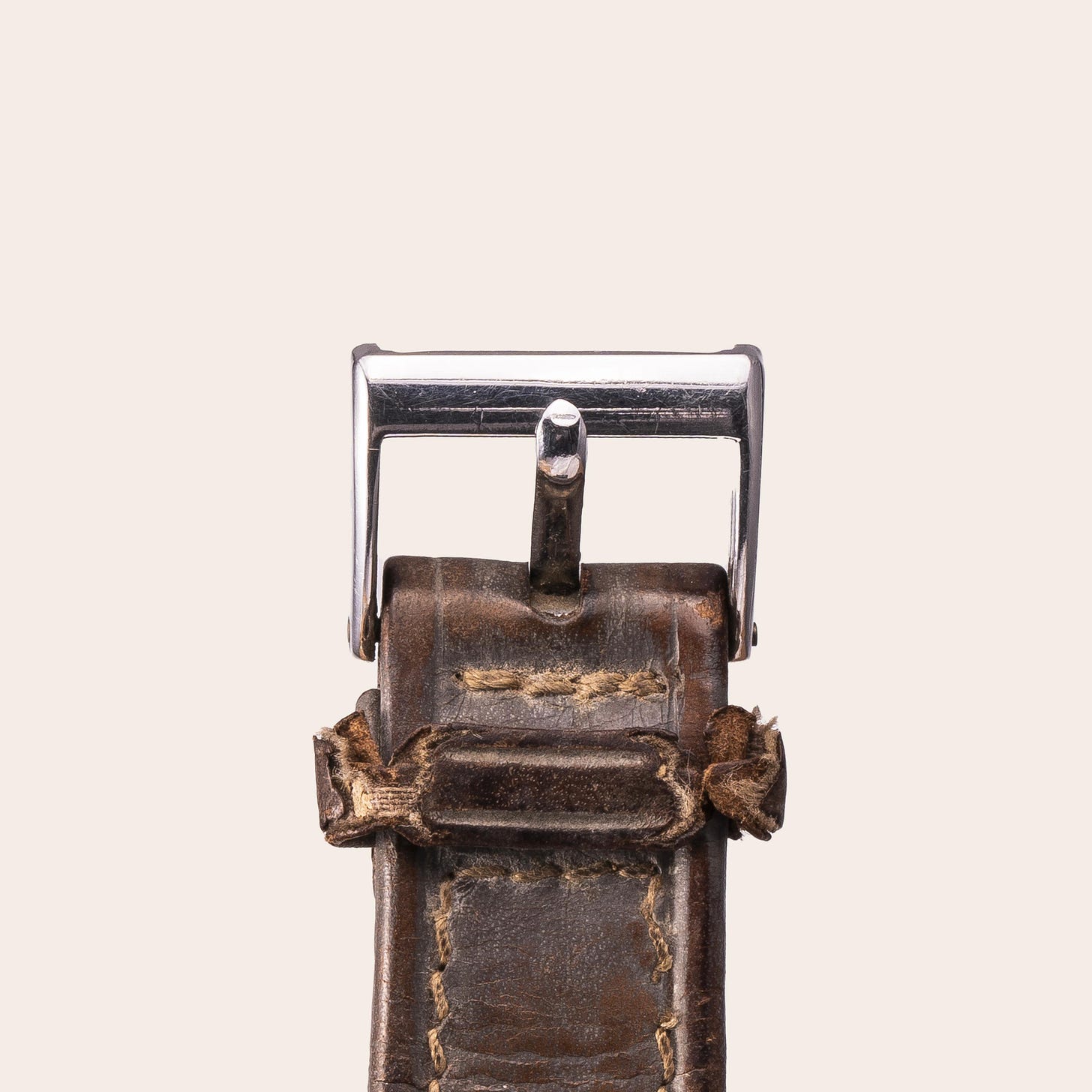

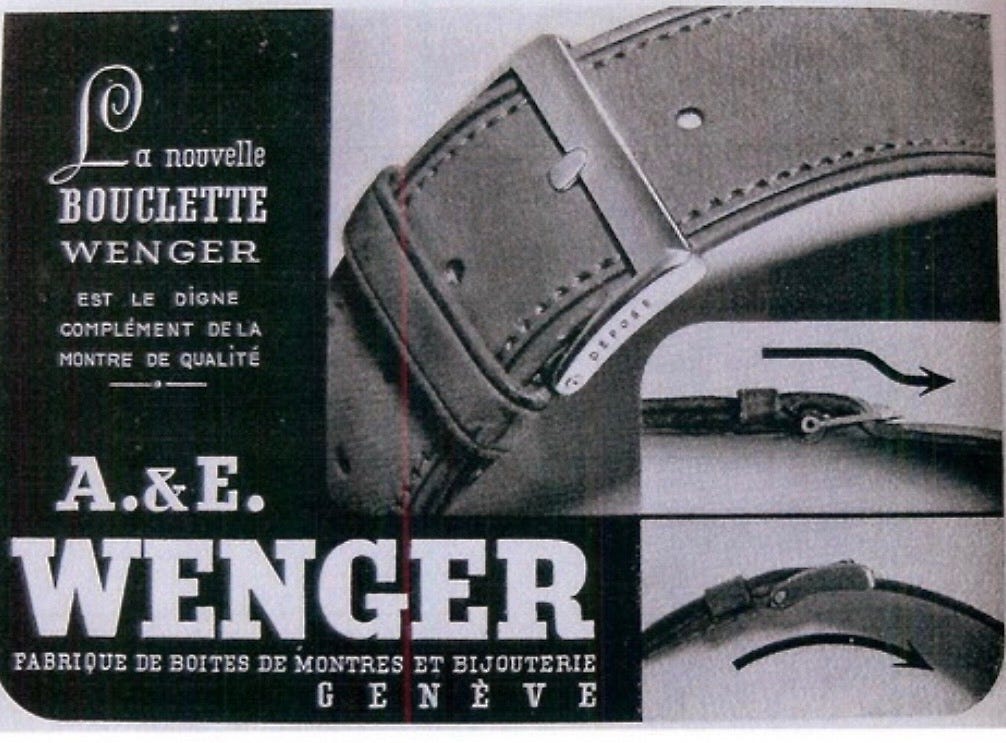
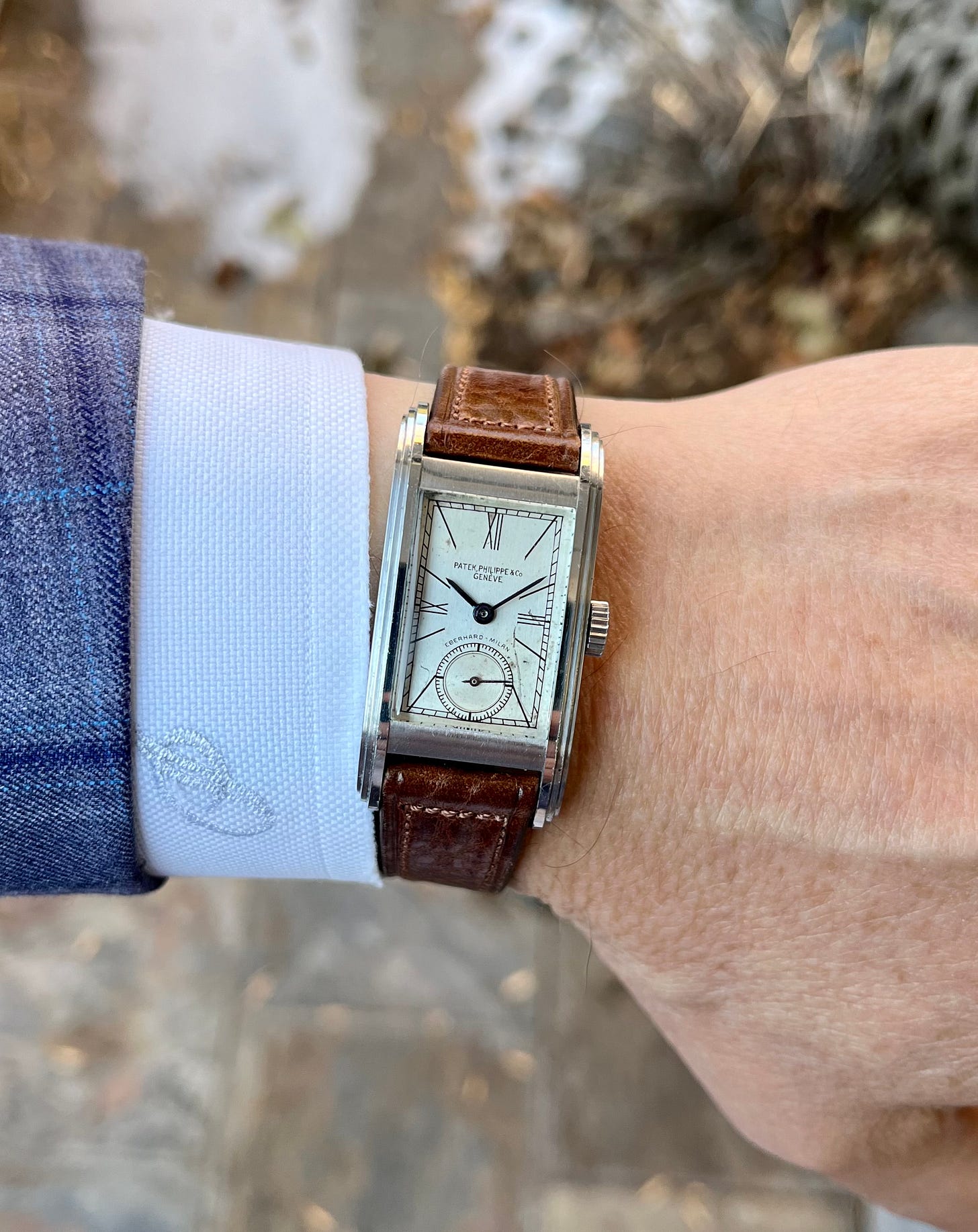
Just amazing how your collection grows with such intensely historic and important timepieces. Also great thanks for sharing your research and high quality photos. It is amazing to find such a rare reference with a unique dial configuration in such original condition... even with original strap. Huge congratulations again. A dream piece.